
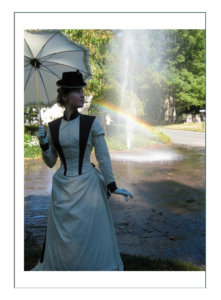
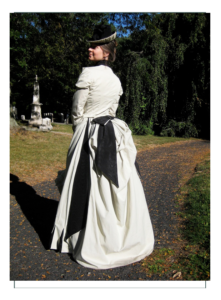
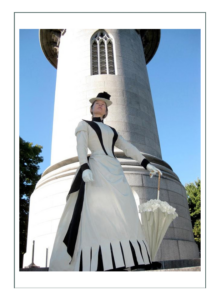

Examples to build from
Bustle, Bodice, Skirt, Drapes
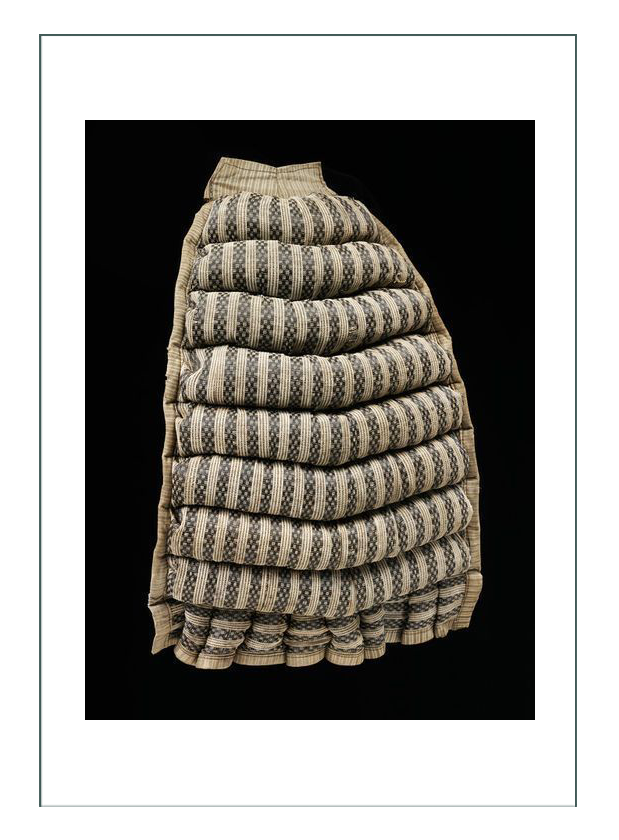
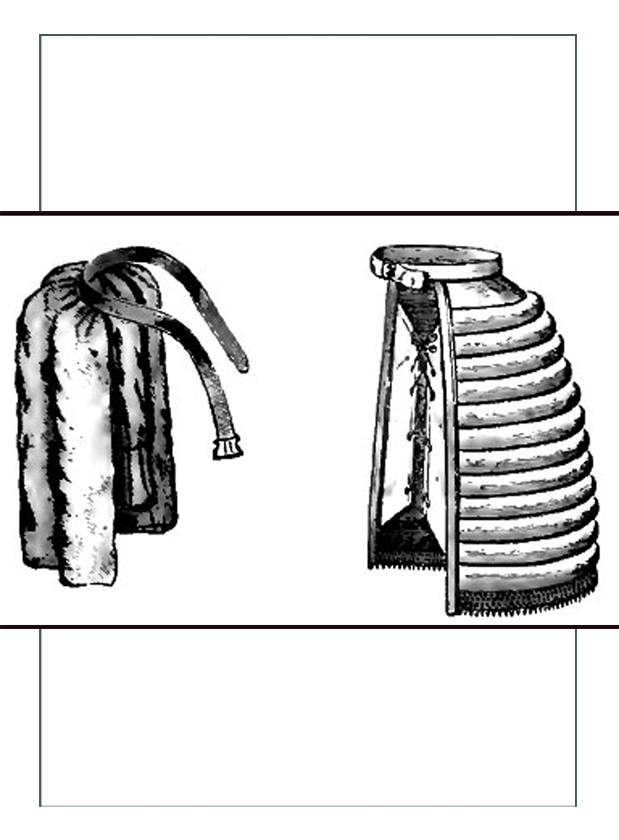
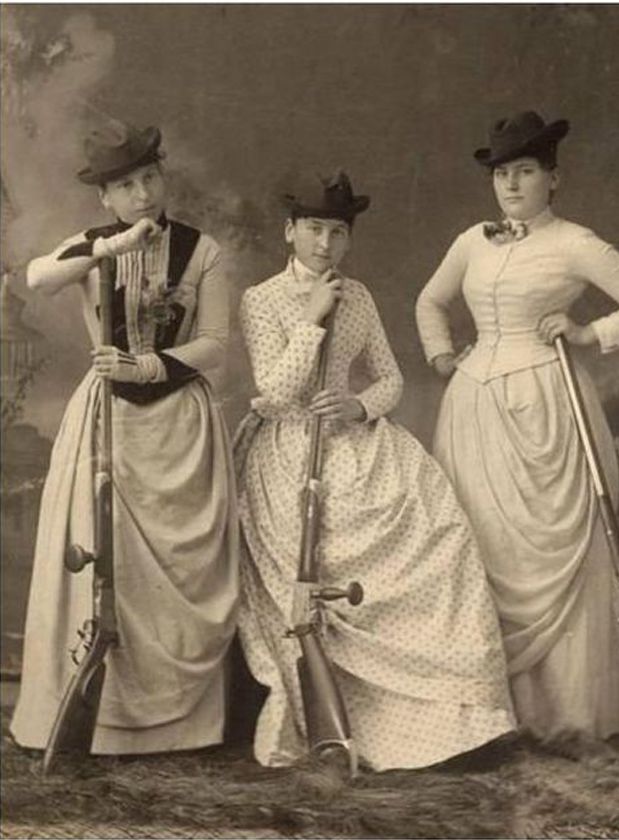
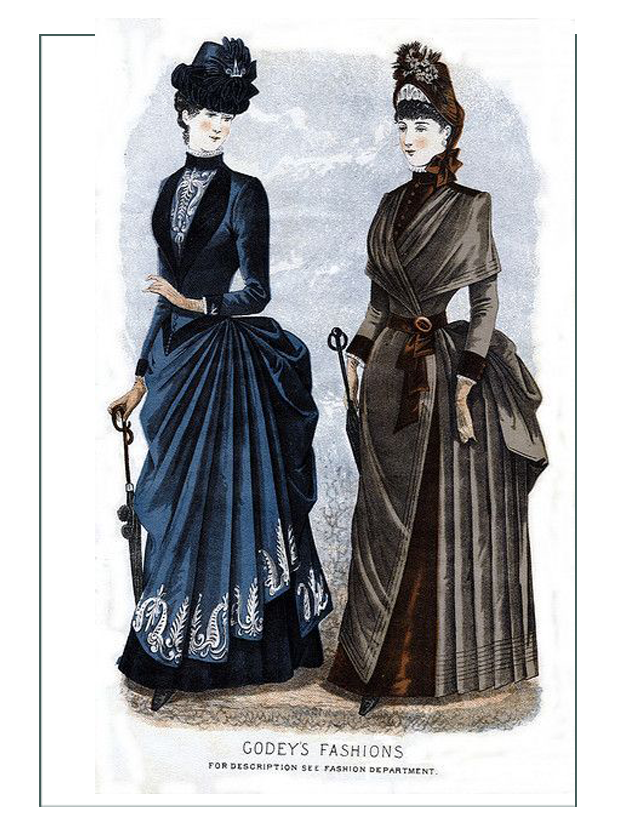
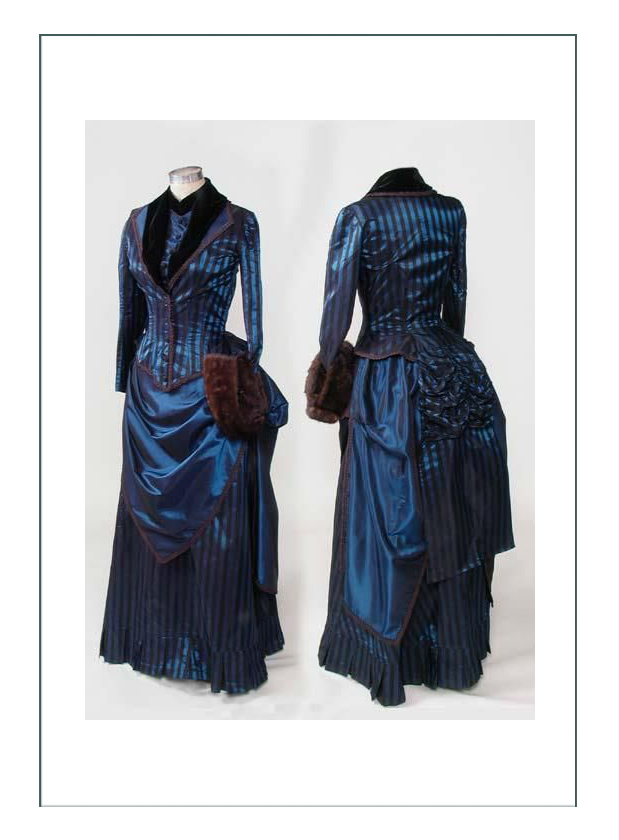
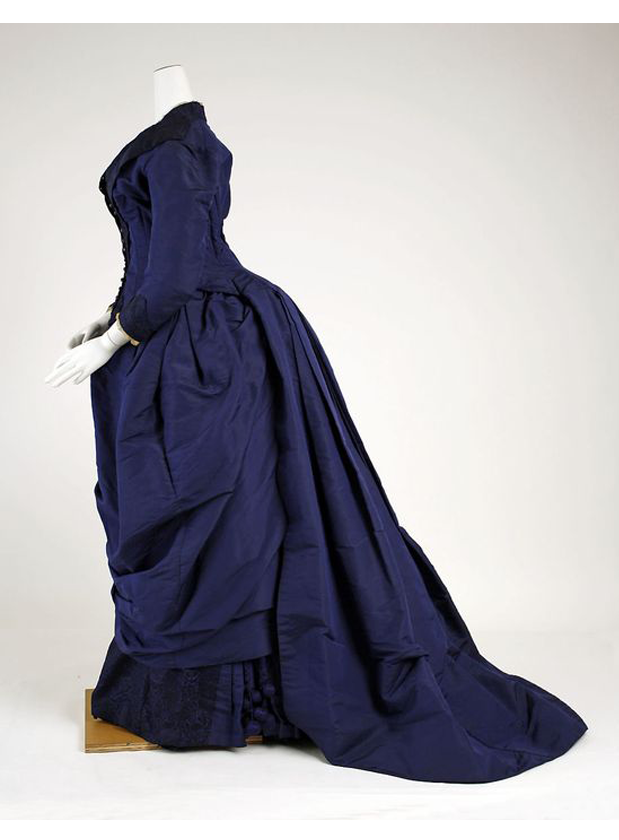
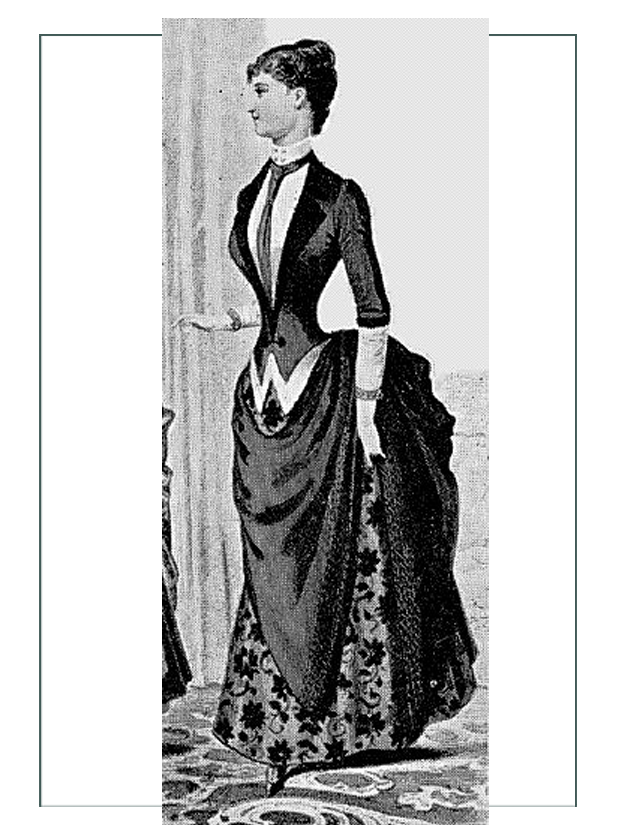
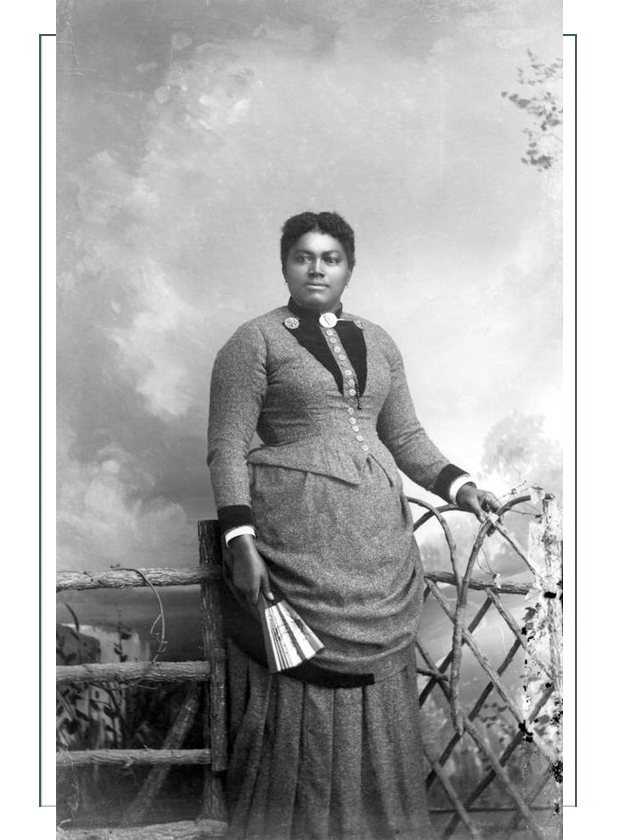
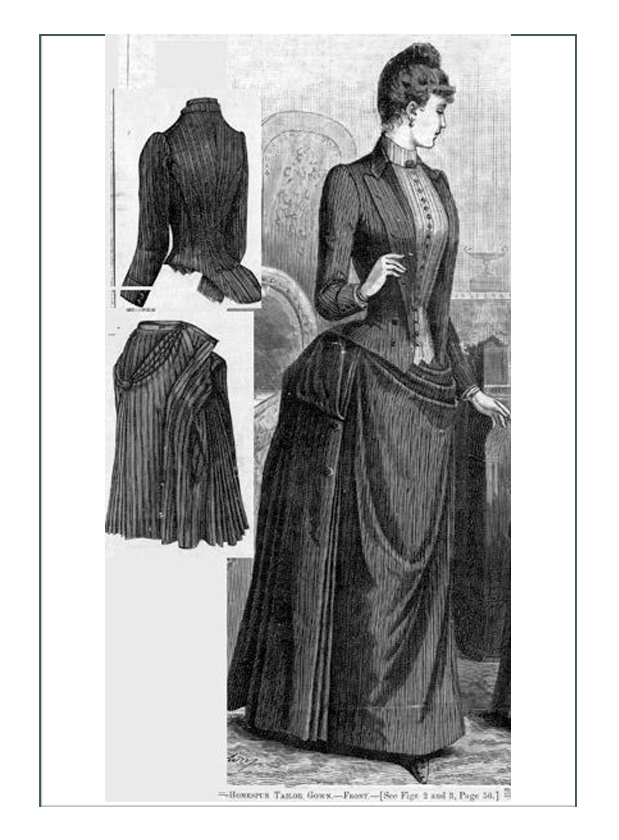
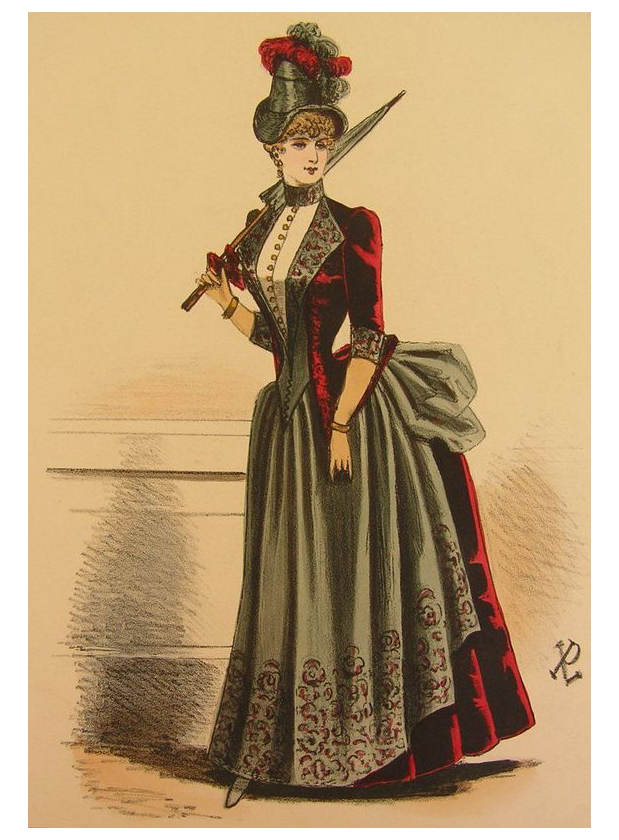
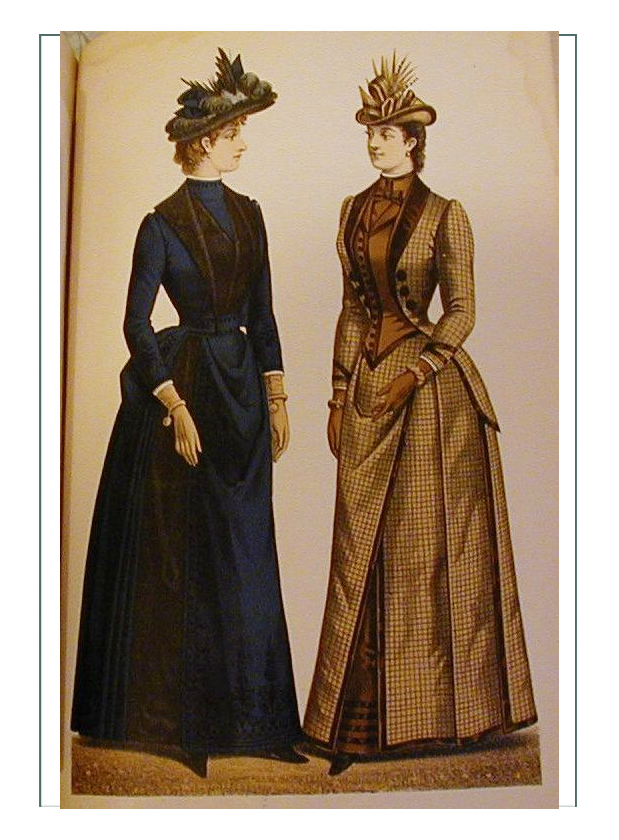
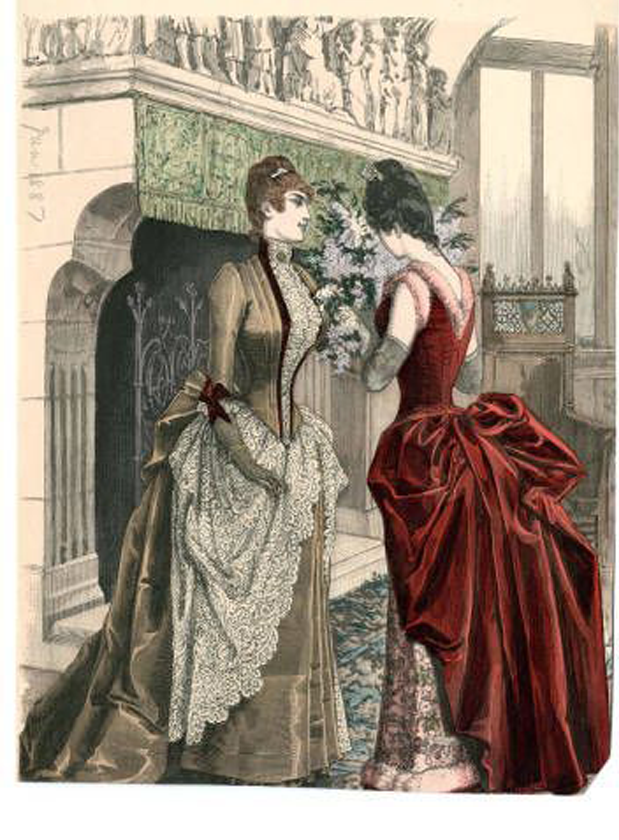
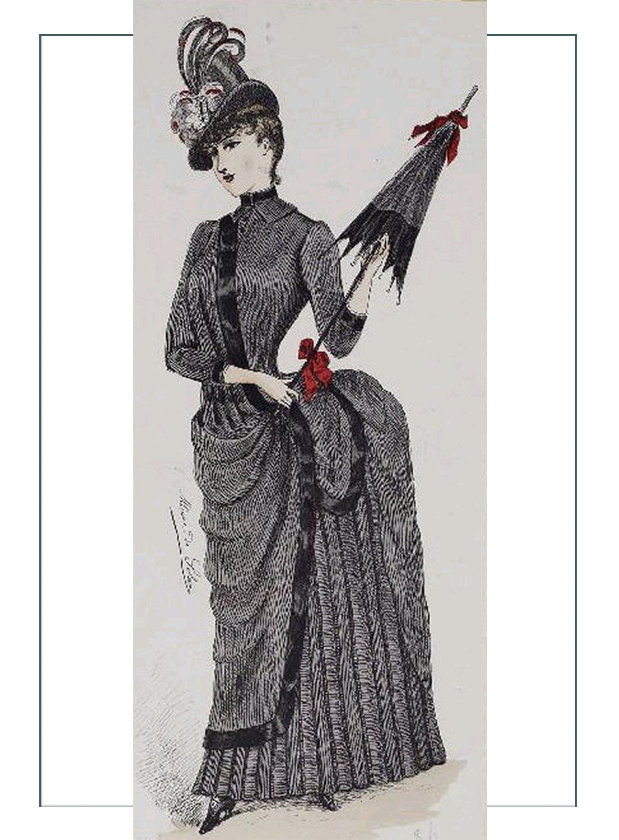
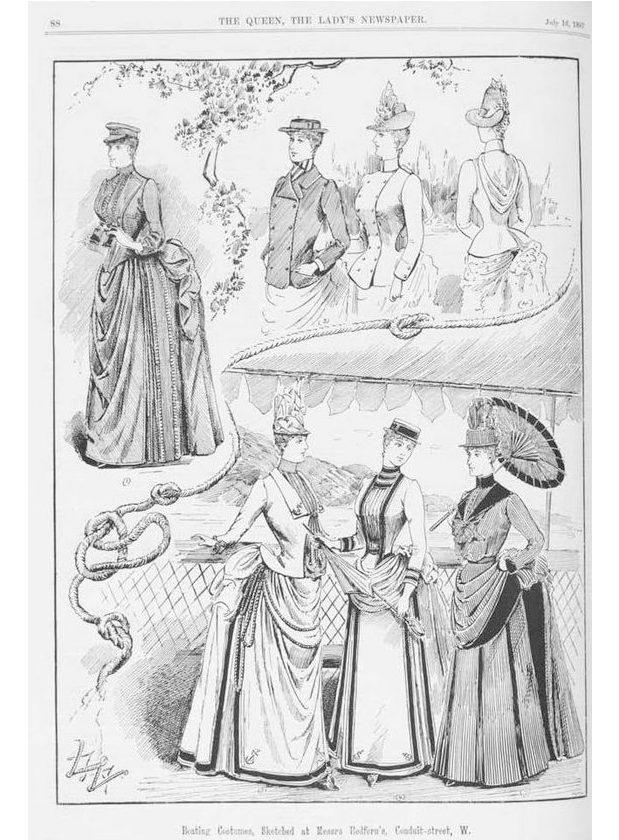
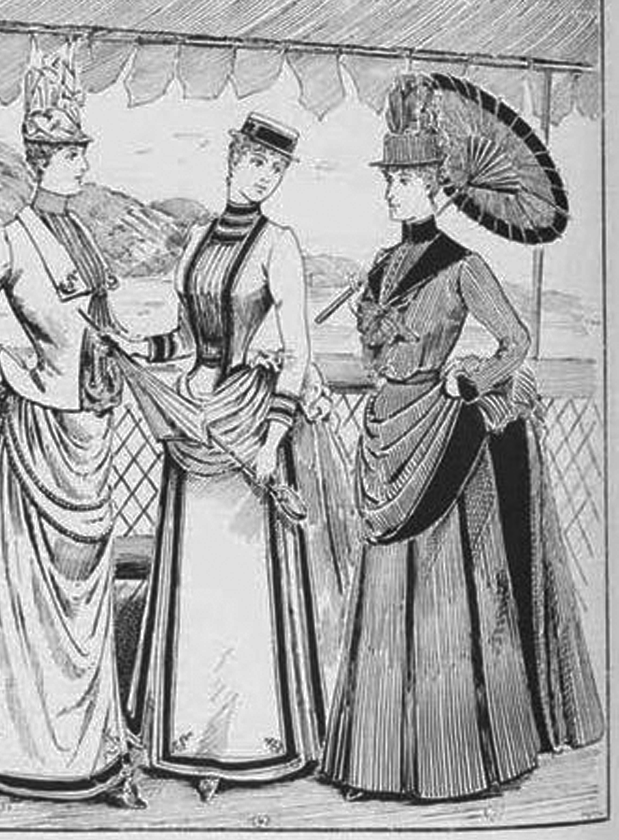
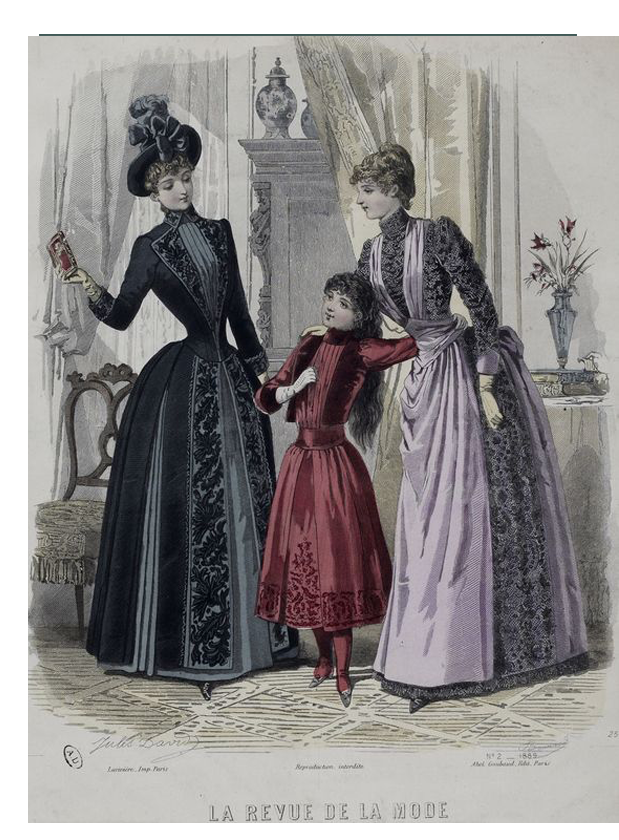
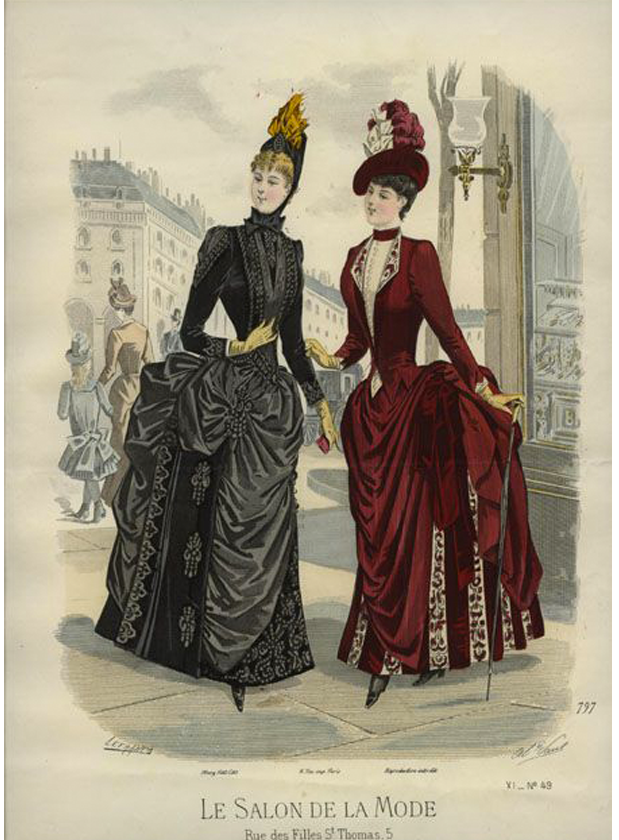
Other features
Hair & Bonnets
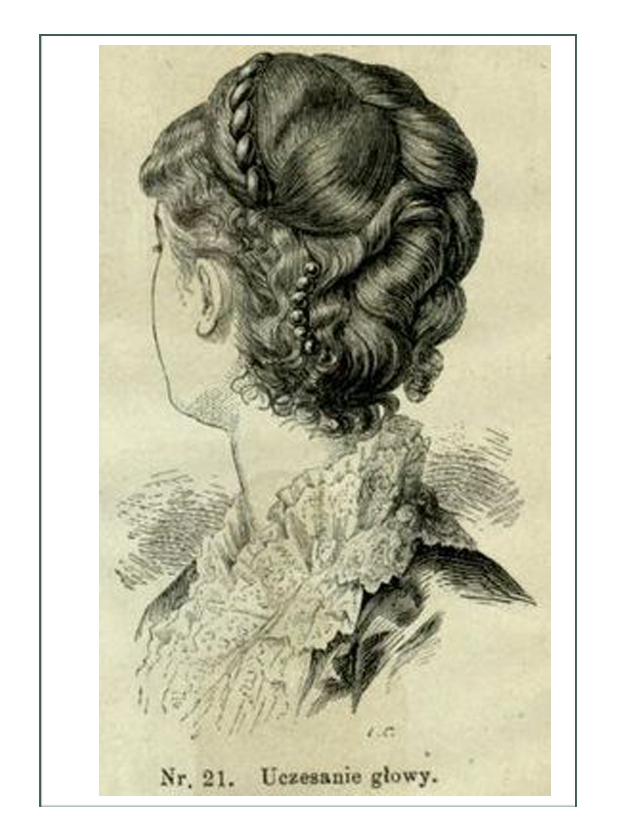
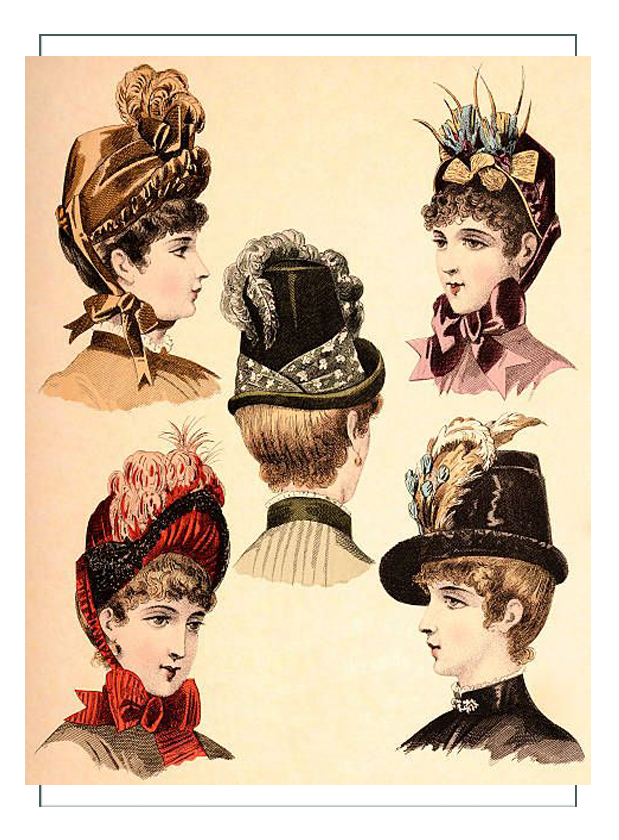
Location
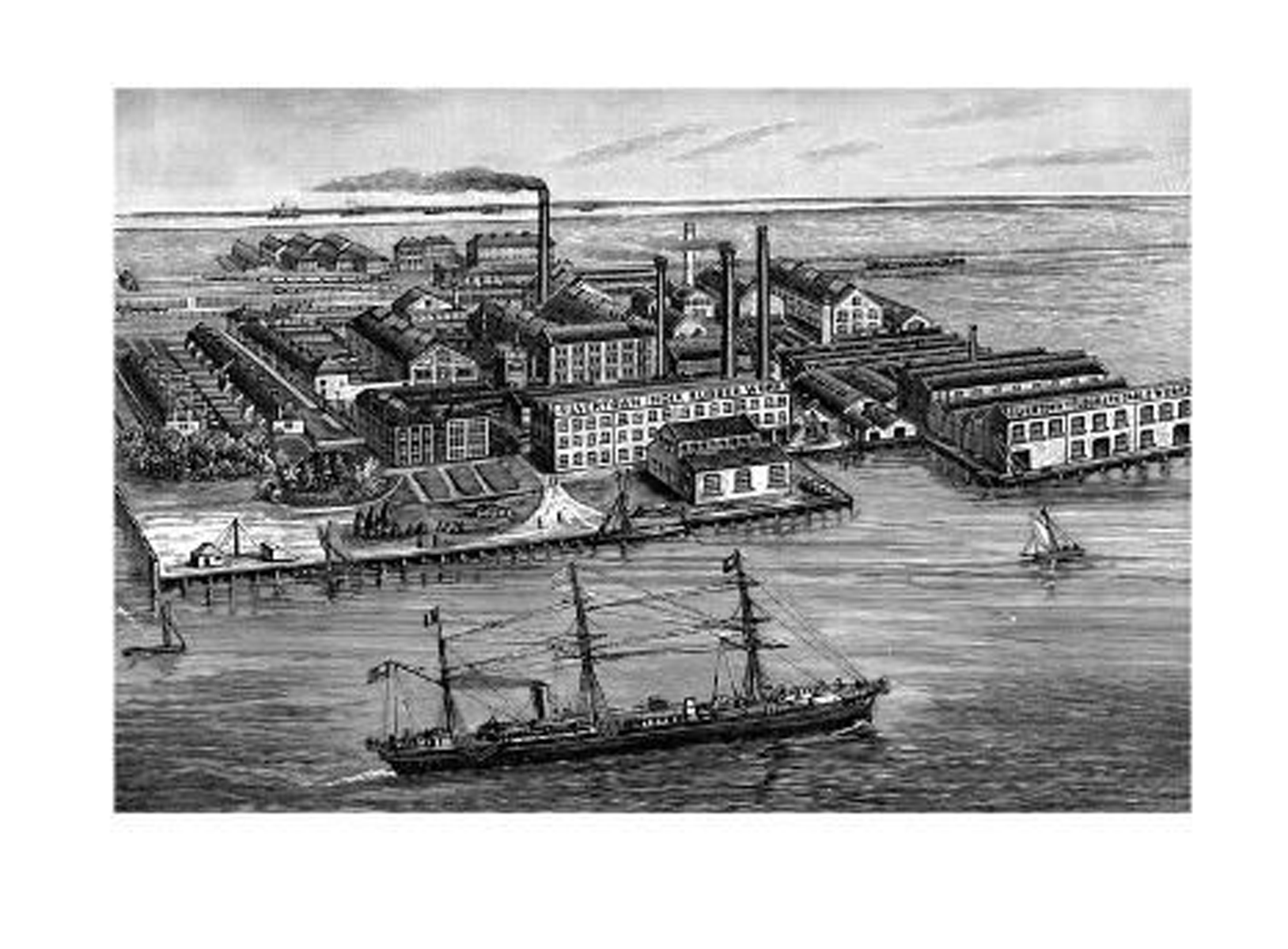
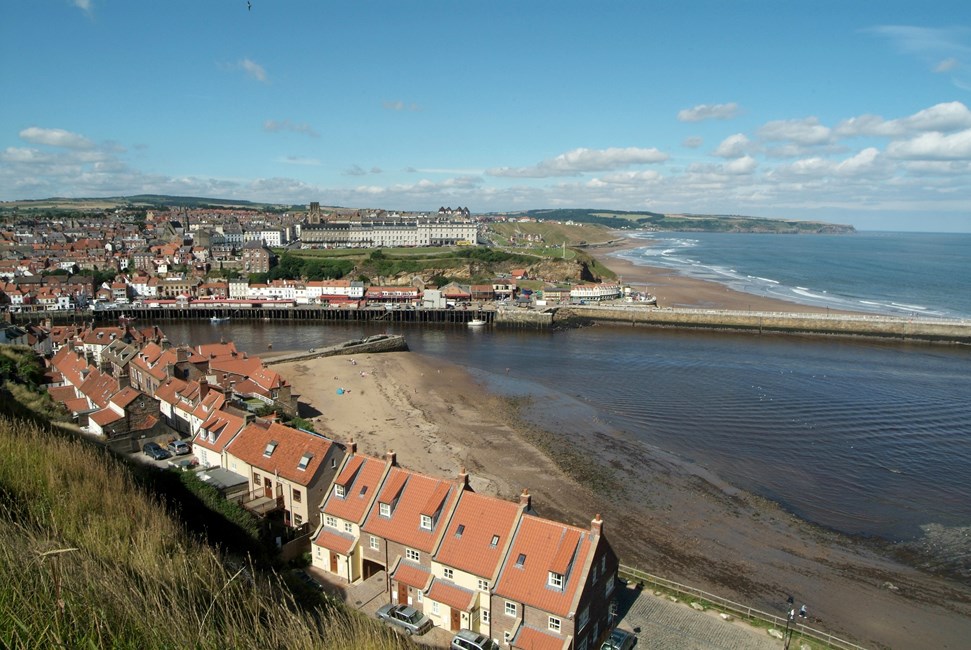
Reticules
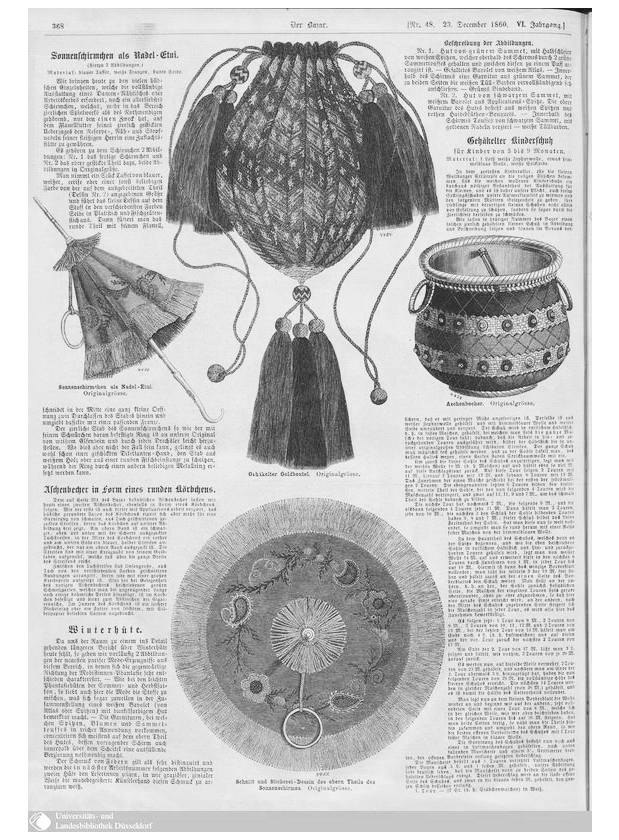
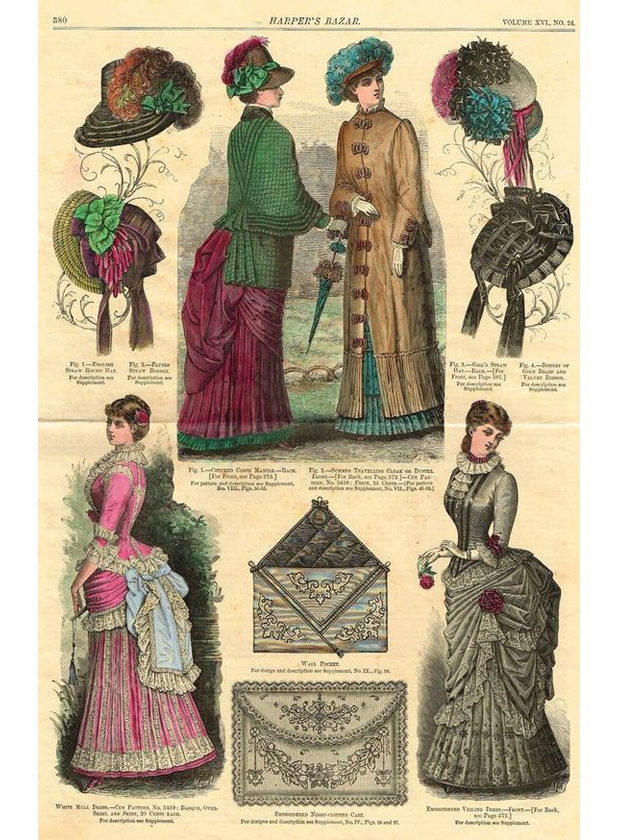
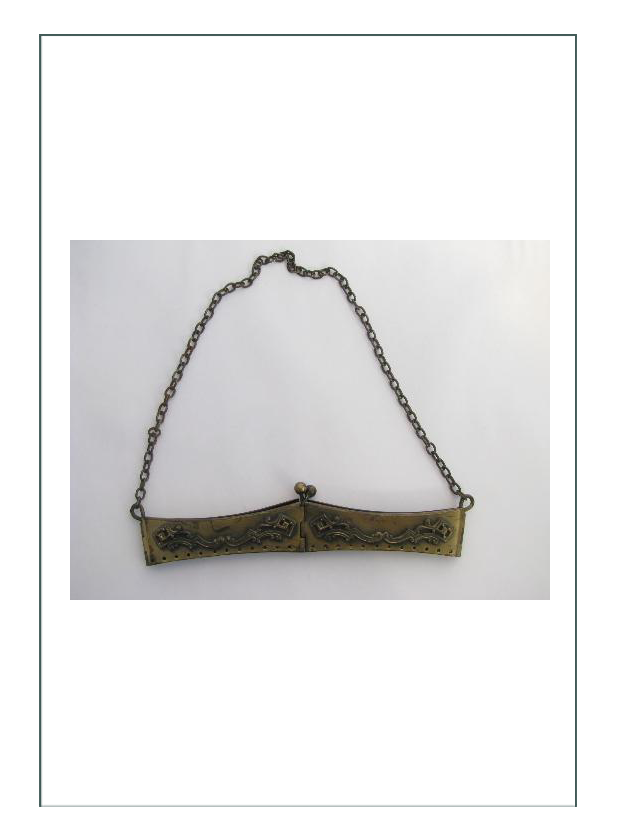
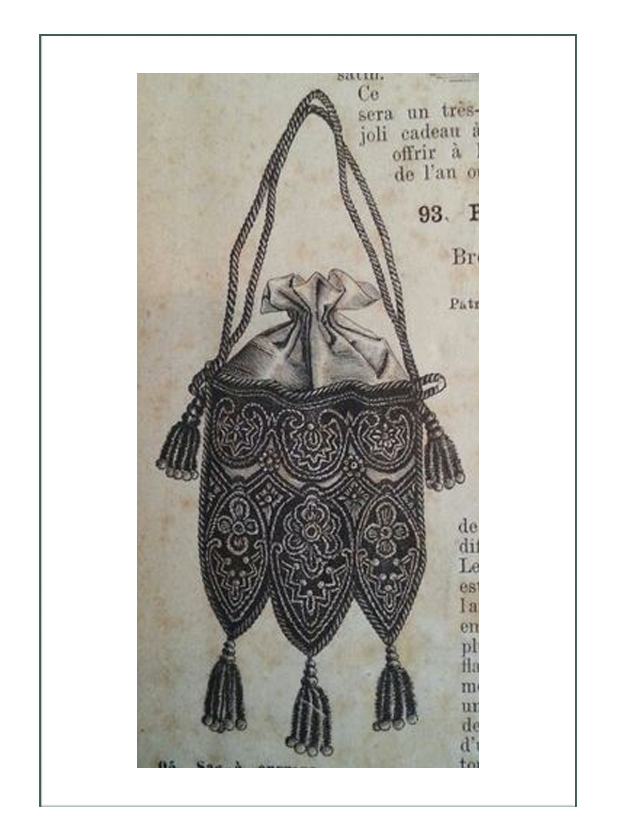
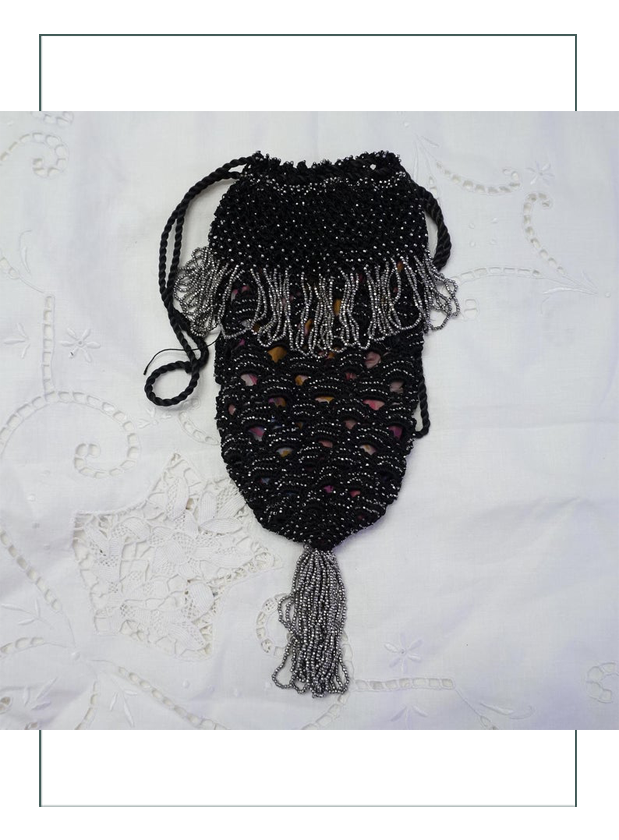
We’d really like to do a beaded reticule.
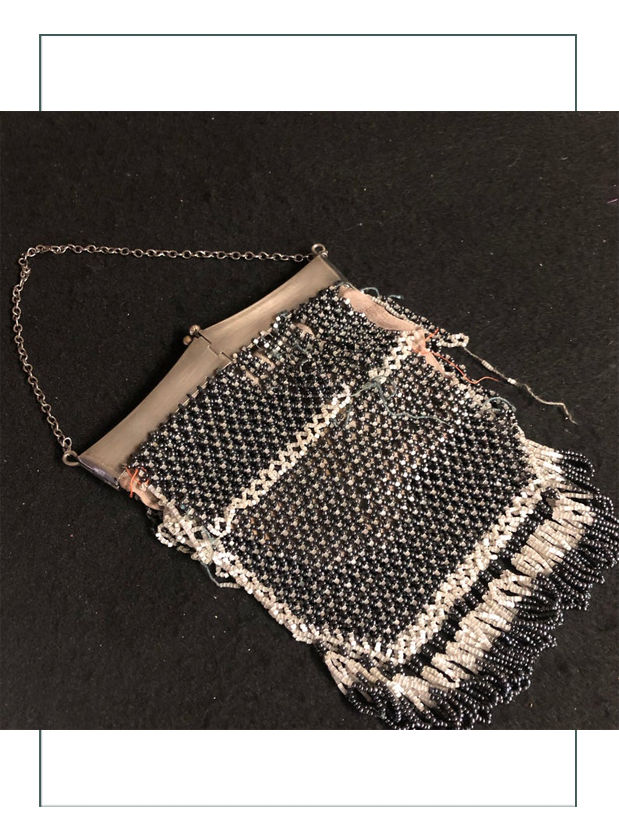
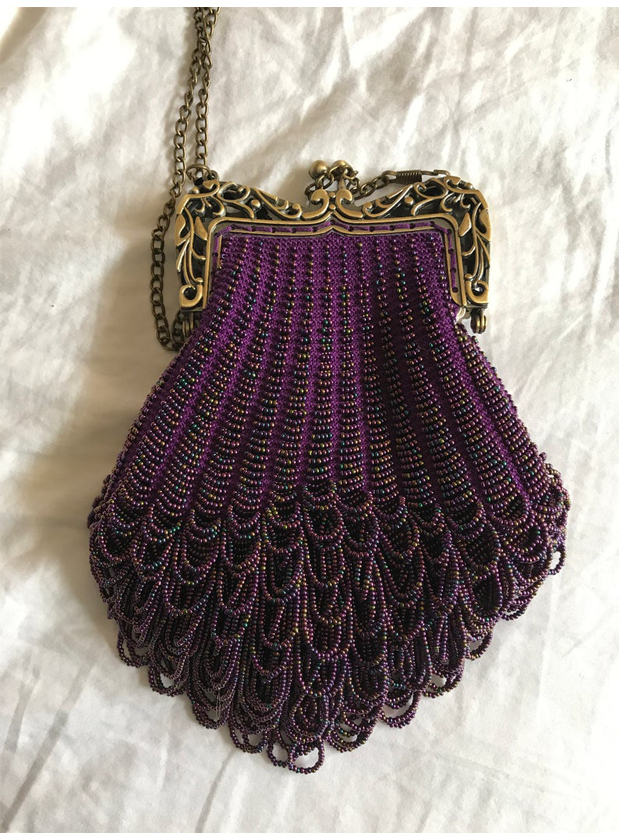

Summation of what we’ve learned
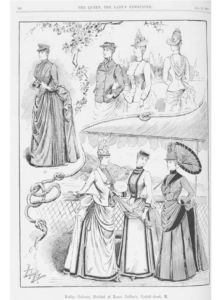
- This is to be an 1887 ensemble; colors and design exact to that summer
- There are many ways to layer, but the best is a big bustle with petticoat under and skirts over
- Hair should be upswept with a bun or coiled braid to accommodate the bonnet which can either lay flat on the head or tip precariously. The bonnet fits over the hair more than is pinned on like in the 1870’s
- This is sportwear, and it is exact to yachting
- The pattern says 1889, but by 1889 skirts were more symmetrical
- We need an underskirt due to sheerness
- Correct construction of the bodice would have a high stand collar with boning, lapels closer to center of the body, revers in a different and lightweight fabric from the main body, and buttons fake or real; usually fake with side hook closure of the revers to the collar lapel
- While trim was important, it was more about the interesting visual effects using different fabrics and textures
- It has many opportunities to use real antiques and historic methods while still achieving the same overall visage and silhouette
- This being black and white with a touch of red, is really a “cartoon” character; albeit a finely 4 dimensional one (time and space included) exactly the concept of an “reverse Anime” or an “Inverse Holmes”.
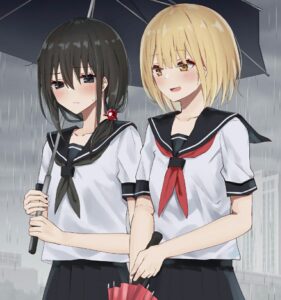
Ways to apply what we’ve learned
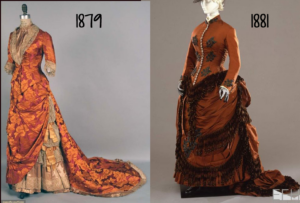
- We first thought this was late 1870’s, then early 1880’s, and then settled on 1887, which was a “crossroads” in women’s roles and situations which was reflected in the crossover of fashion at the time.
- The way to tell between 1870’s and early 1880’s vs late 1880’s is the hair, how much fabric makes up the back fullness vs using a structure of some sort, and the seams and length of the bodice in front. How tightly it conforms over the waist or hips is different too (in the early ’80’s it went smooth and tight way down; prior to that it went way down but wasn’t tight).
- This was the day of the big and powerful woman. They were working outside the home, running businesses, the heads of organizations, and competing in sports. They were traveling a bit around the world and had much more awareness. Laws were being made in their favor, and suffrage was already in a few states, but universal suffrage was only a few decades away.
- What a woman was doing depended on her geographic location and occupation. In this fictional example we are building, we don’t define a job, but we do define the place as London. Not high society, but accessible to it; as a merchant would be. This allows flexible interpretation of the character to suit the event.
- Another nice thing is this ensemble can be accessorized in many ways to change the character, such as colored scarves, aprons, or drapes.
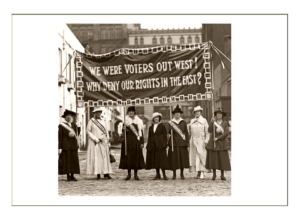

Now that we knew the ensemble was to be 1887, and had a basic idea of the undergarments and structures needed, plus were starting to get the concepts for construction, it was time to look at how that might come together with Melissa’s shape and budget.
Round 1: Figuring out the layers (before photos and measurements, and before any information about the original project or how it was built; roughing out the copy of “White Lady”)
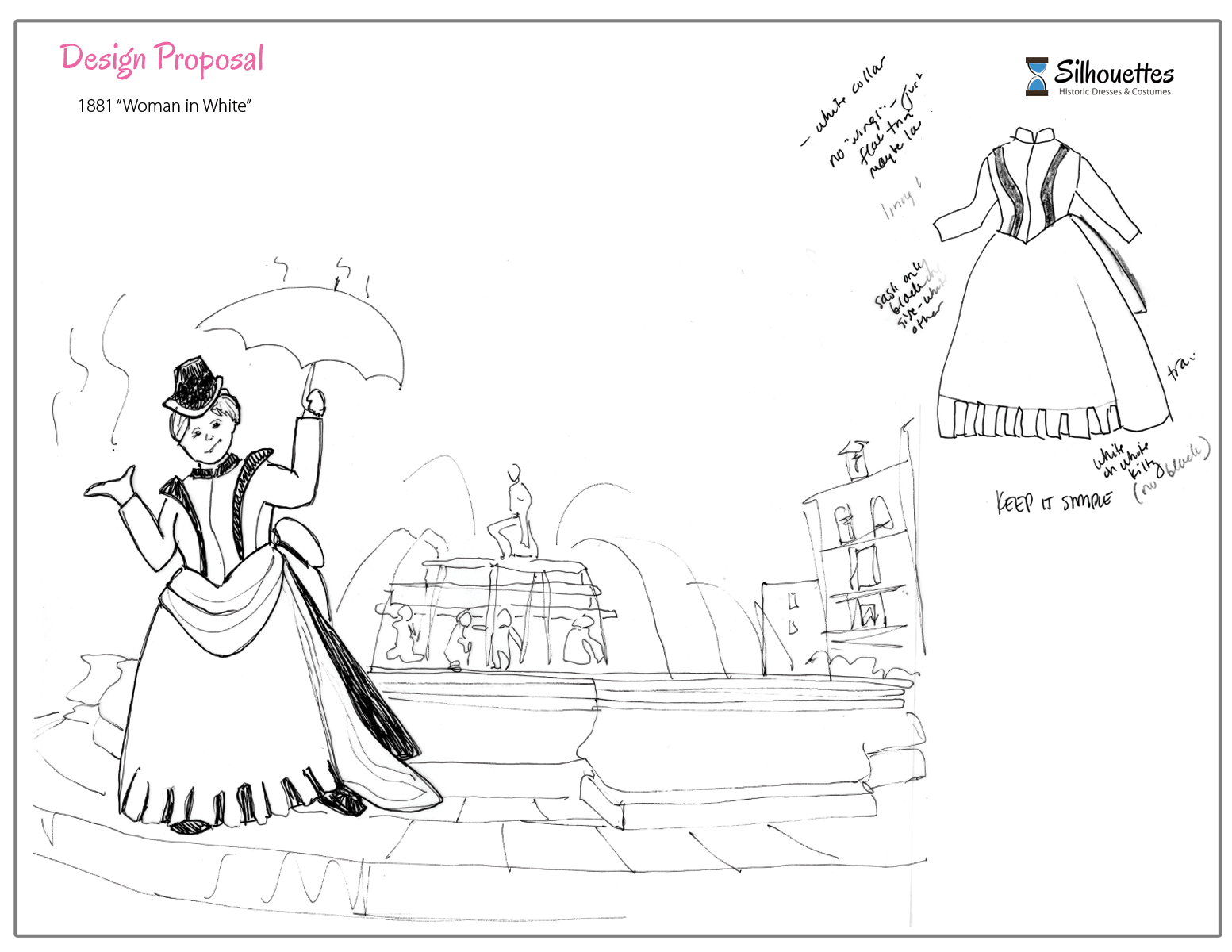
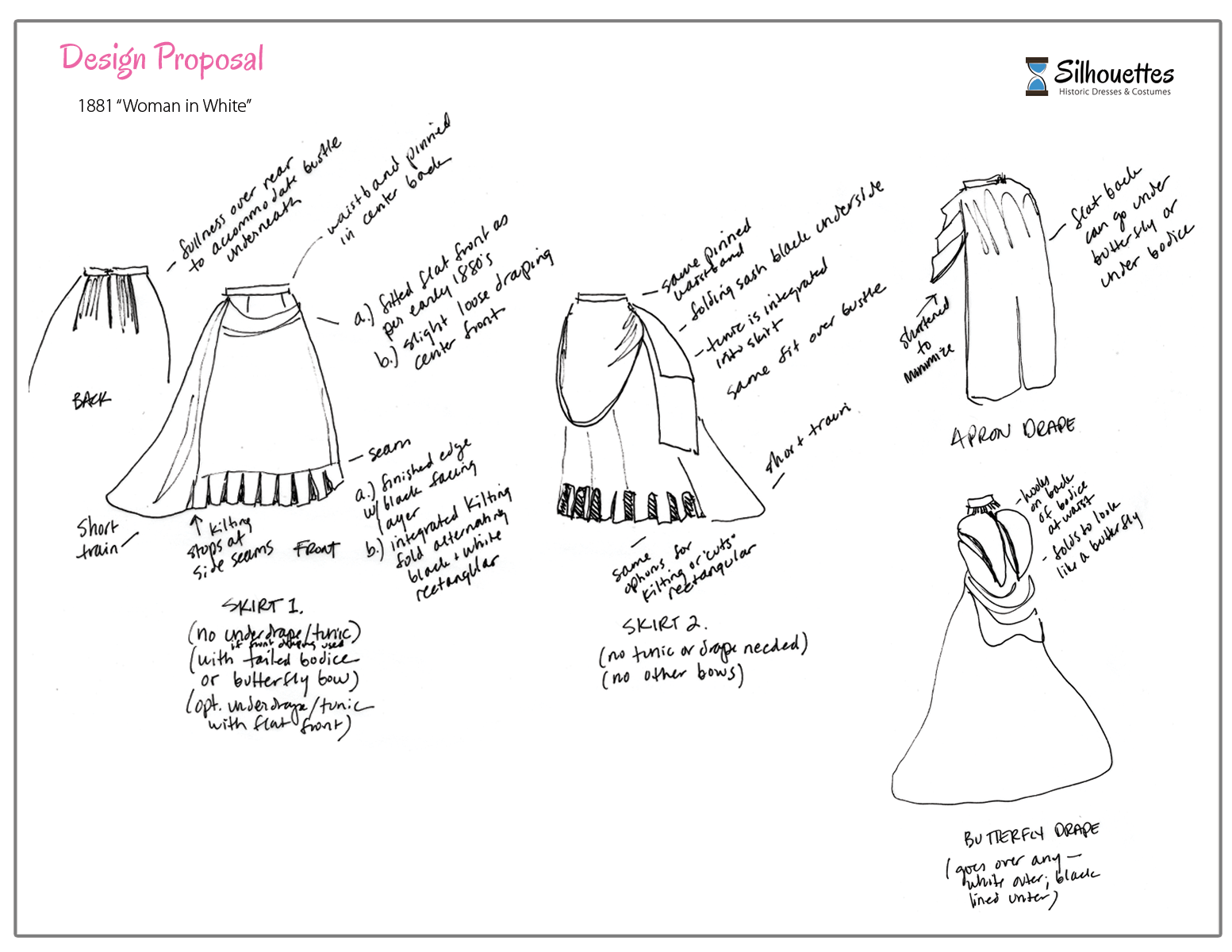
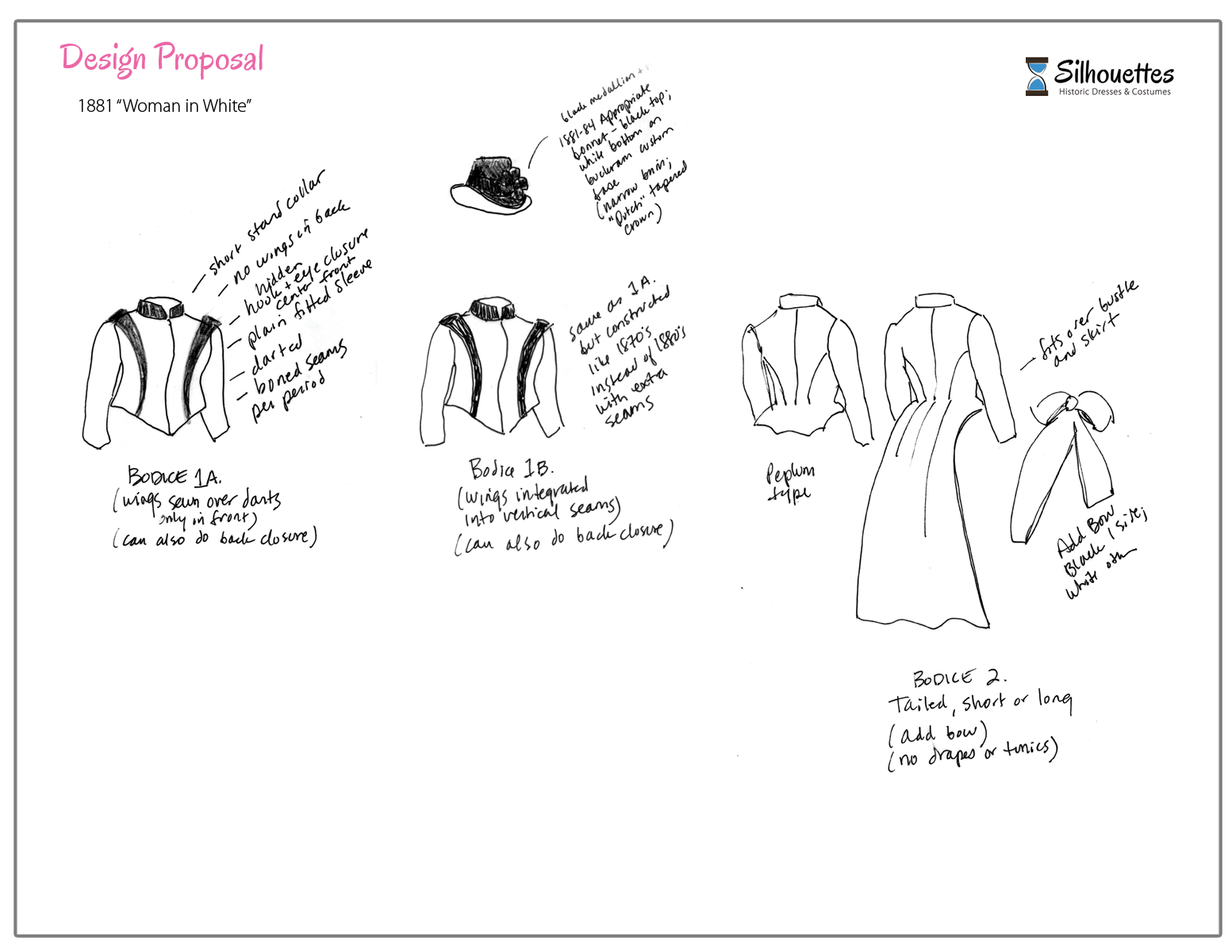
Round 2: Defining and pricing the layers (still no measurements, photos, nor information about the project being replicated)
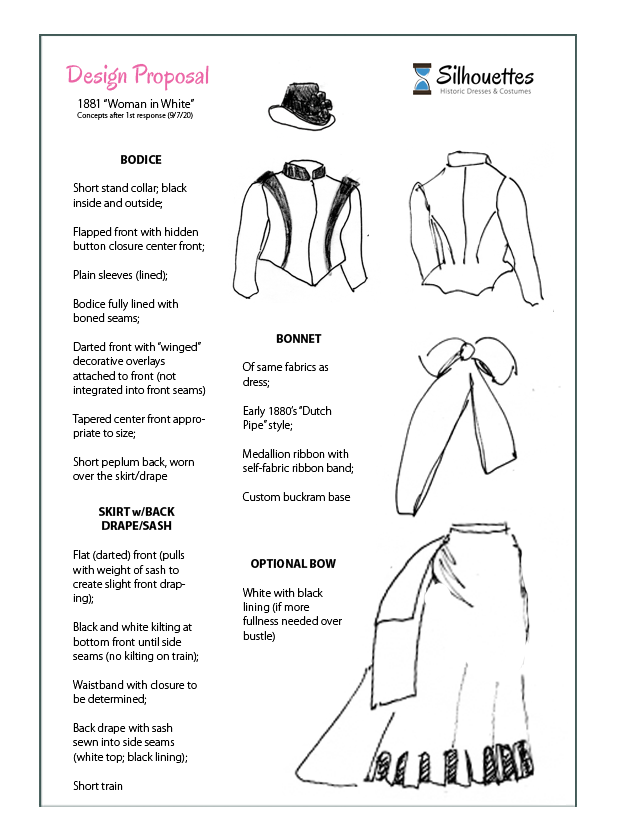

Round 3: Proposing historic alternatives (having information on patterns, measurements, sources, and the original “White Lady”, still not having identified year, proposing historically accurate alternatives to the project being copied) This gives the customer options in accessories and details on how to wear and ornament.
Melissa chose to be as close as possible to the original “White Lady”, selecting the round Reticule “B”, and Bodice “C” with plain front and collar. The reason she said is that it is somewhat of a “fantasy” ensemble, and does not have to be absolutely historically correct.
We opted to include soutache for 3D interest since otherwise it’s just a large plain white with large plain black surfaces. Soutache will be black on white with the reticule, and black on black on collar and cuffs.
Bonnet will be as per the “White Lady” exactly, except made of the same fabrics as the dress (and silk from the bustle if the color matches) with the addition of an antique jet button and antique crow feather with tassels. All black on top; white on the bottom
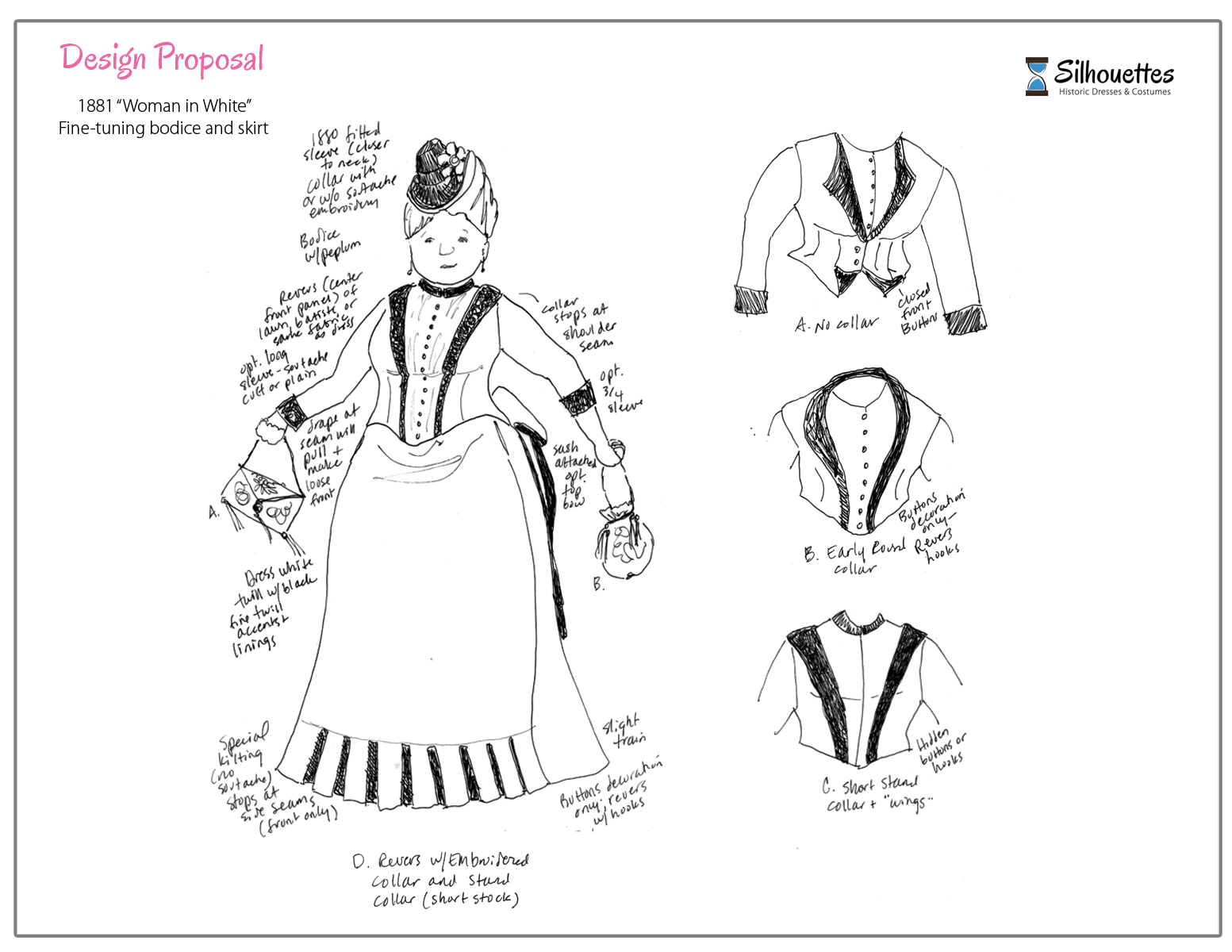
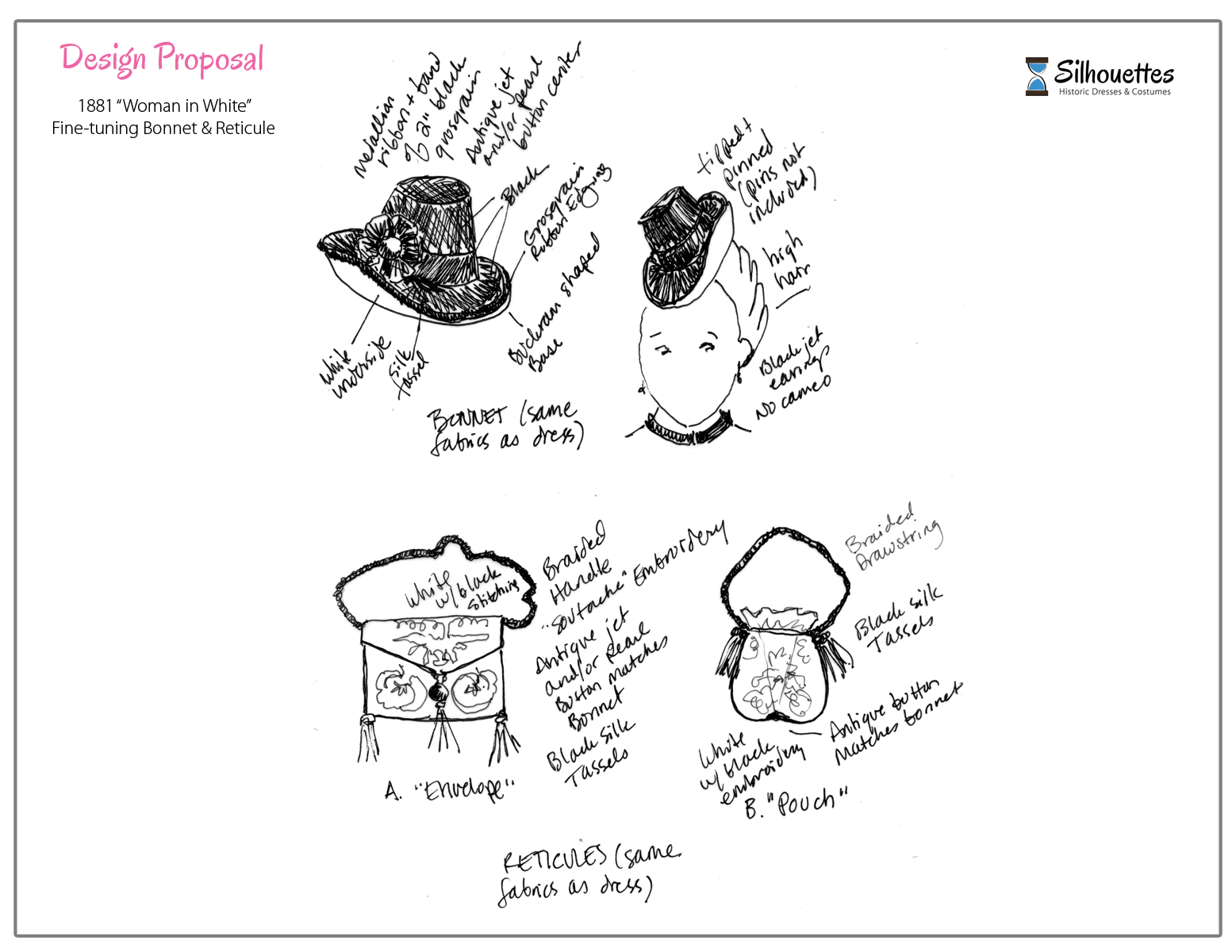
Round 4: Final Design itemizing for cost and proposals for full ensemble including undergarments (with measurements and project under way, finetuning customer’s options and details) Add ons and descriptions of layering
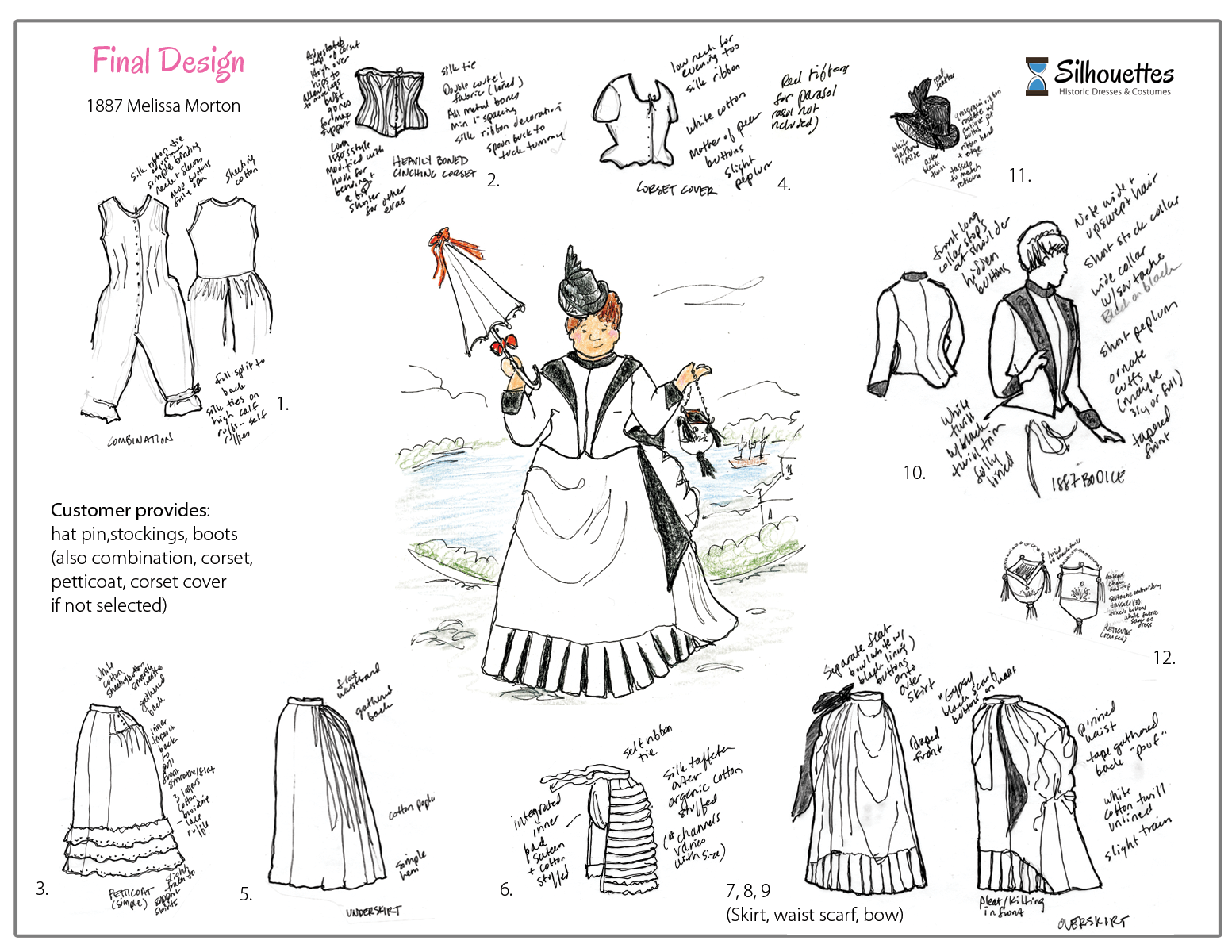

Patterns from the “White Lady”
Here are the patterns the DeviantArt project was built from. As you can see, there were great liberties taken. We figure we can take some liberties to in order to maintain the overall illusion, but to lend historical accuracy plus some fun and unique details to make it more personal and special for Melissa.

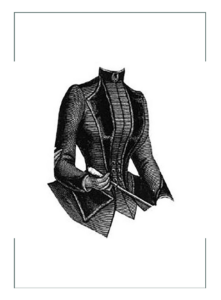
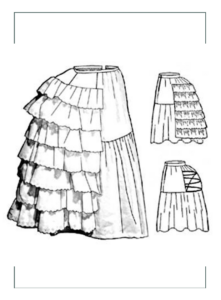
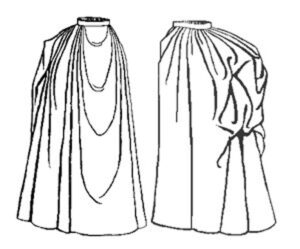

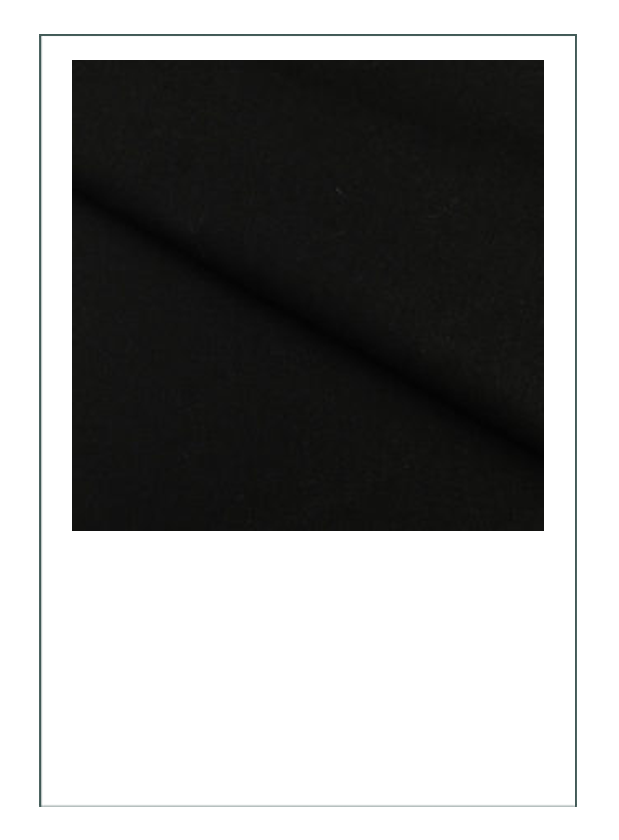
In reality, it is a “back and forth” process between the research, design sketches, and obtaining and selecting the materials with which to build each component. Some of this was done through email such as which type of bustle and which type of petticoat Melissa wanted to use. Some was through the mail such as fabric samples. Some she trusts us to complete. Some we will surprise her with.
In very brief, here are some examples to illustrate the thought processes and the search for key factors to build the ensemble.
As one can see, the black fabric makes a poor picture. The white is even worse. We were tempted to scan and print here the white on white on white 8 sample of white fabric book that Melissa had to select from. Just trust us that we together selected a lovely lightweight but densely woven bright white 100% cotton twill for the main garments, and a very fine cotton twill for the accent blacks.
Soutache, Embroidery, & Frogs
We have a commercial embroidery machine, but only a small hoop, so we looked for patterns that would integrate. In reality, we would prefer to do “real”soutache by hand. We did purchase a small bit of black rayon soutache, but it was too wide to blend with the embroidery. Learning curve.
While these many patterns including soutache netting were considered (among many others), we chose the first one here as it has a whimsical feeling for our fun fantasy type ensemble, but also has a military feeling appropriate historically to 1887.
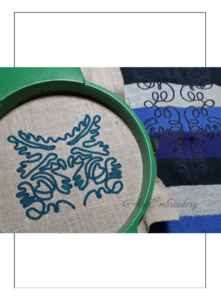
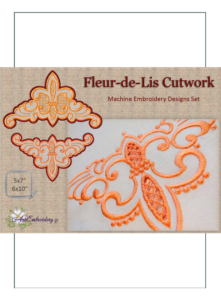
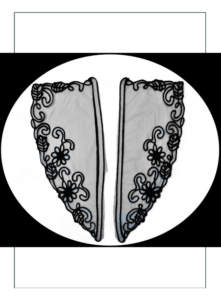
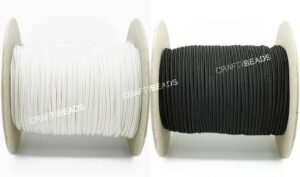
We might make our own frogs. This is seen on many historic photos and extant garments from the era, a way to close the vested front over the revers. We’ll wait until it is draped to see if it enhances the design, and/or is need for closure. The bodice center front should fit snugly without pulling or gapping, but additional closure may be needed for the same reasons it was needed in the 1880’s. Typically, that’s when someone is very large busted with a tiny waist, so it may not be an issue here.
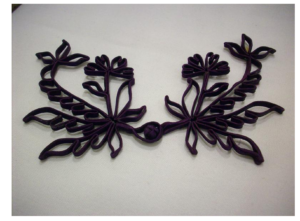
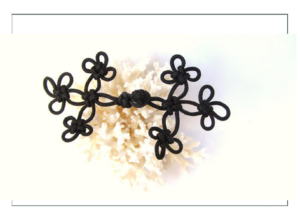
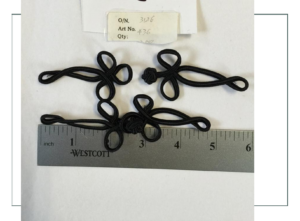
Skirt Pins
All of these plus many others we looked at are antiques. We needed a long and very strong welded type, since it will hold the entire skirt up. Melissa wants a button, but we need to convince her it gives her so much more ease in dressing and flexibility in how she laces her corset to use a pin because it can be easily adjusted. Extant garments prove they did NOT have buttons for that very reason! We chose the first one for initial trial. If all else fails, a modern safety pin is most acceptable for the late 1880’s, although the head on 21st century pins are a bit different than those from the 19th.
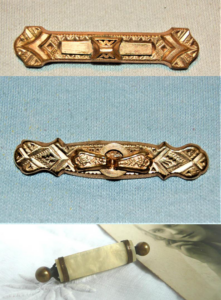
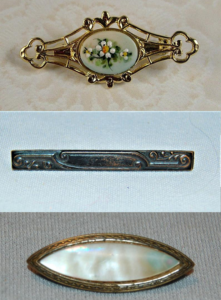
Hat & Reticule Buttons & Trims & Notions
Looking for a center for our rosette, we found a huge variety of antique jet and beaded pins; too many to pick from actually. We bought several of the ones below, and while they were absolutely GORGEOUS (especially the one with the mother of pearl in the center), the plain shiny black jet was the best because it keeps the bonnet tailored and simple with all black on black with the white underside.
The selection was based on the fact we have matching smaller buttons to put on the reticule, so that all the trims and notions on reticule are carried out through the hat and bodice design too. Any of these would have been great for the purpose.
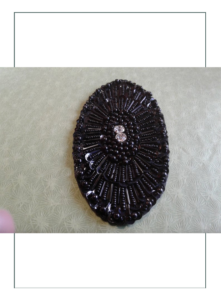
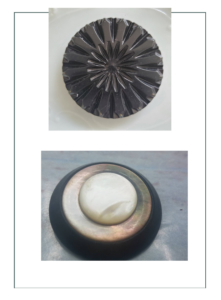
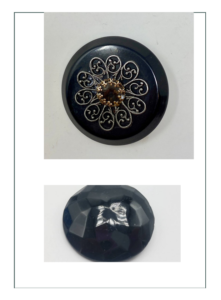
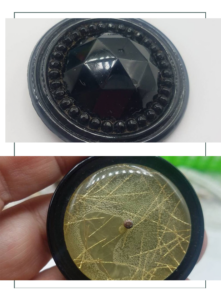
We considered putting our black button in the center of a feather pad instead of a rosette medallion made of black grosgrain ribbon which was the final decision. It was just too much, and too frou-frou for the classy ensemble. The antique fan wing feather though, we will use. Most likely at the back of the bonnet like the White Lady has the fullness of the bonnet to the back, but we might just get daring and put it smack in front like they really did in 1887.
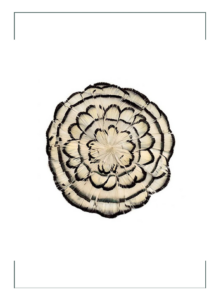
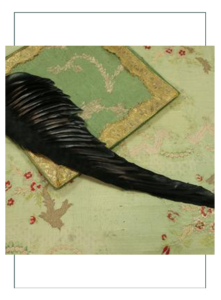
Reticule & Other Ideas
Real silk handmade tassels go on the reticule, with a synthetic reproduction on the bonnet to save cost since no one will be touching that one. We’re going to make two reticules: 1) a square full back with corded handle and cinching, fully lined with soutache and bead work; 2) elongated with antique closing clasp, soutached and extensive beadwork. We may use antique beads from the reticule we are repurposing.
For our fun twist, we hope Melissa gets a black parasol, because we are giving her this cranberry petersham ribbon bow for the tip and handle of her parasol for a bit of fun and whimsy (and because it looks cool). She can play with changing the ribbons any time to totally change the look of the ensemble since everything else is black and white.
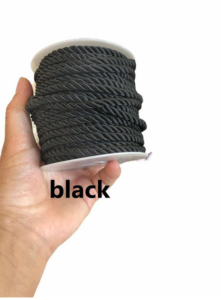
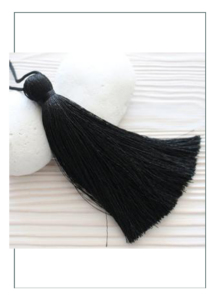
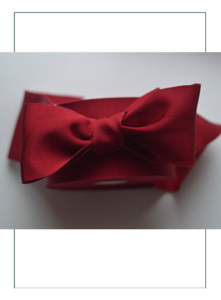
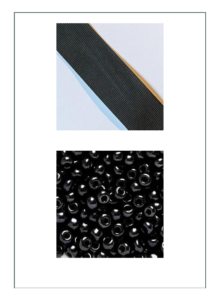
Bodice Buttons
We tried to talk Melissa into letting us build revers instead of front buttons, but she would have none of it. We thought these lovely French glass white half domes would be fabulous on a white batiste revers to break up the sold and wide from twill over the chest, but no. The reticule and lapels have tuxedo buttons though – so there.
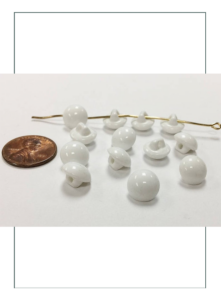
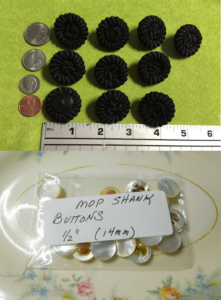
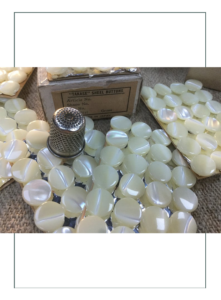

We recommend Melissa purchase one of these full head wigs from our favorite historical hair designer, Fleur, or have her make a custom one at:
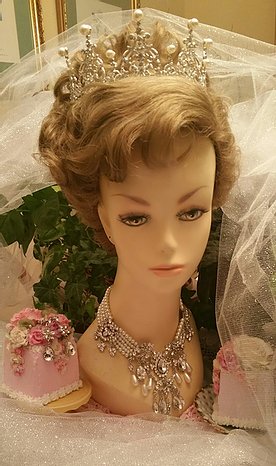
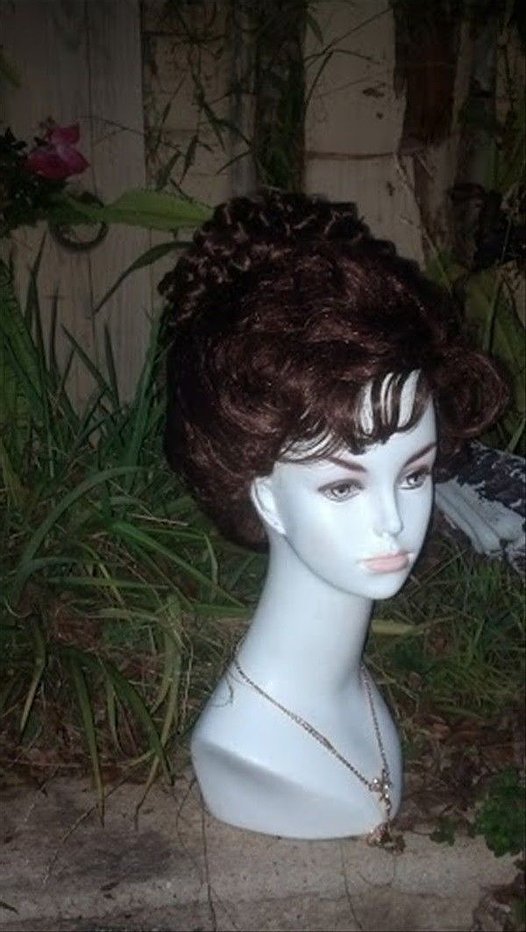

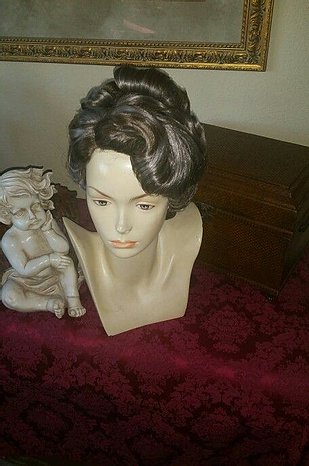
And that she purchase an all white parasol, all black, or white with black edges or gray with black edges – with correct handle that is not plastic, so achieve the effect of these examples. The more spines the better, but if any can be found with the long stick, that will suffice.
In this era they were somewhat functional, though mostly for show and a bit of sunshade. They were 35-37″ long, very difficult to find today! because they were also used as a walking stick. A woman always had her parasol when she went out. This must be a very LONG parasol!
We note, however, in the summer fashion plates and extant examples and photos, gloves are not necessarily needed at this time! A bracelet would be appropriate though.
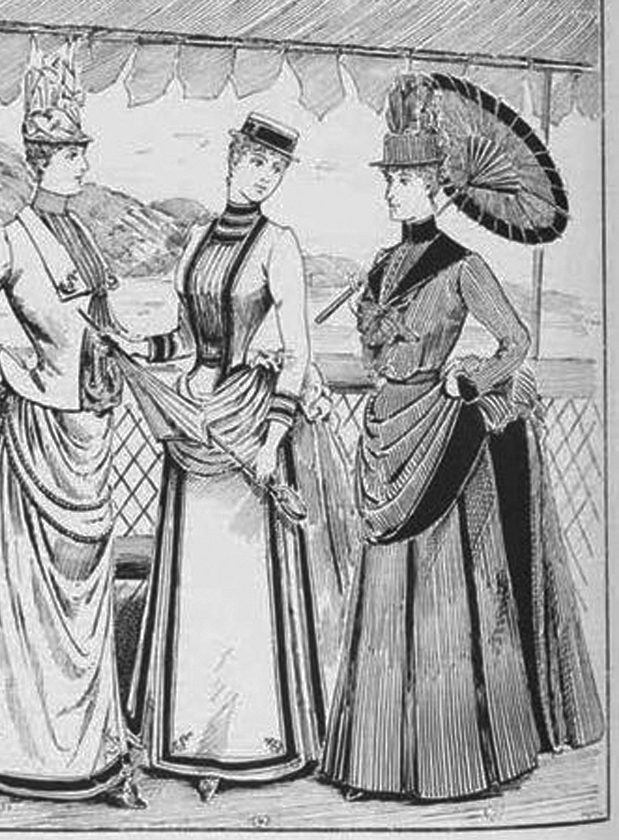
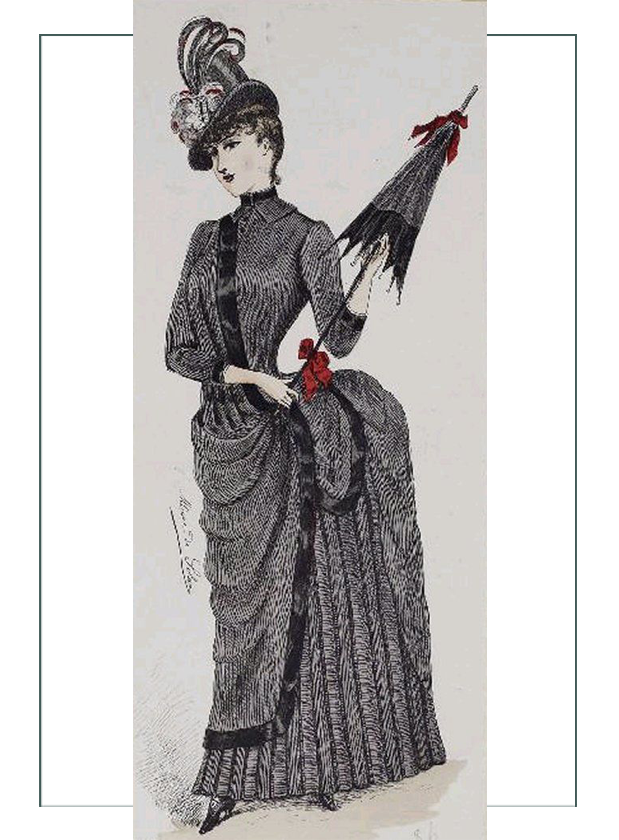

Parasols from Etsy:
Best is an all black, long handled (37″ total length closed), pagoda type parasol with a unique handle.
- 3rd CHOICE
https://www.etsy.com/shop/MLadysParasols?ref=simple-shop-header-name&listing_id=158607759
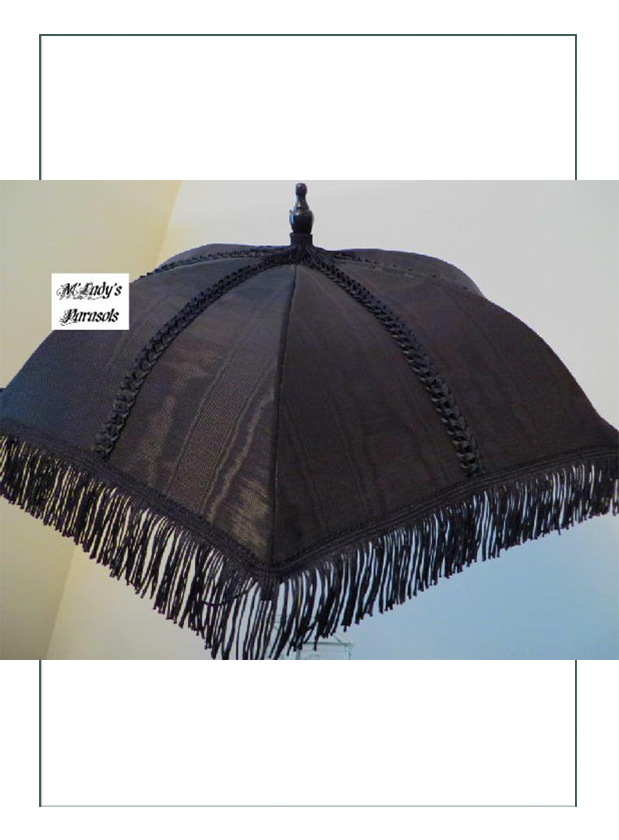
2. 4th CHOICE
Source for below: https://www.etsy.com/shop/MerilinsRetro?ref=simple-shop-header-name&listing_id=532308124
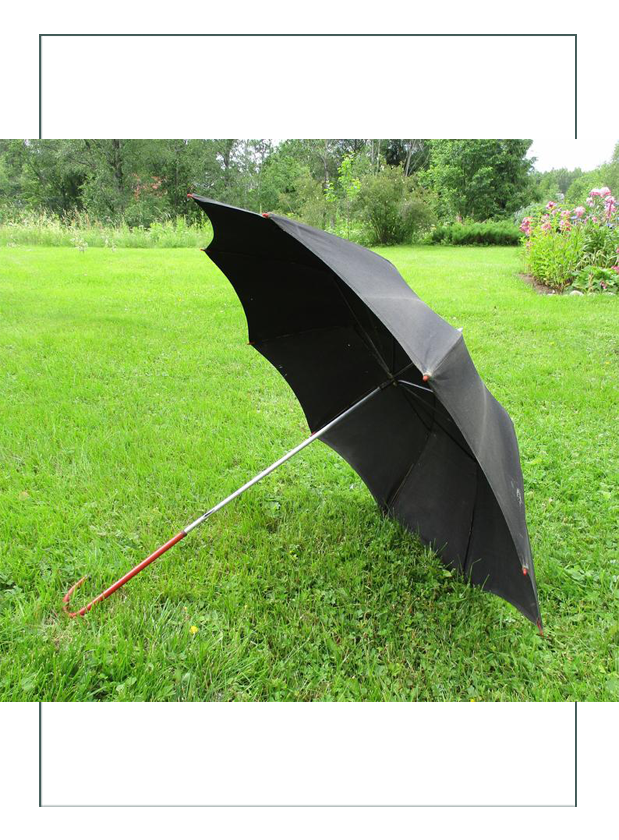
3.
https://www.etsy.com/listing/543450078/elegant-vintage-1940s-black-silk-or?ref=user_profile
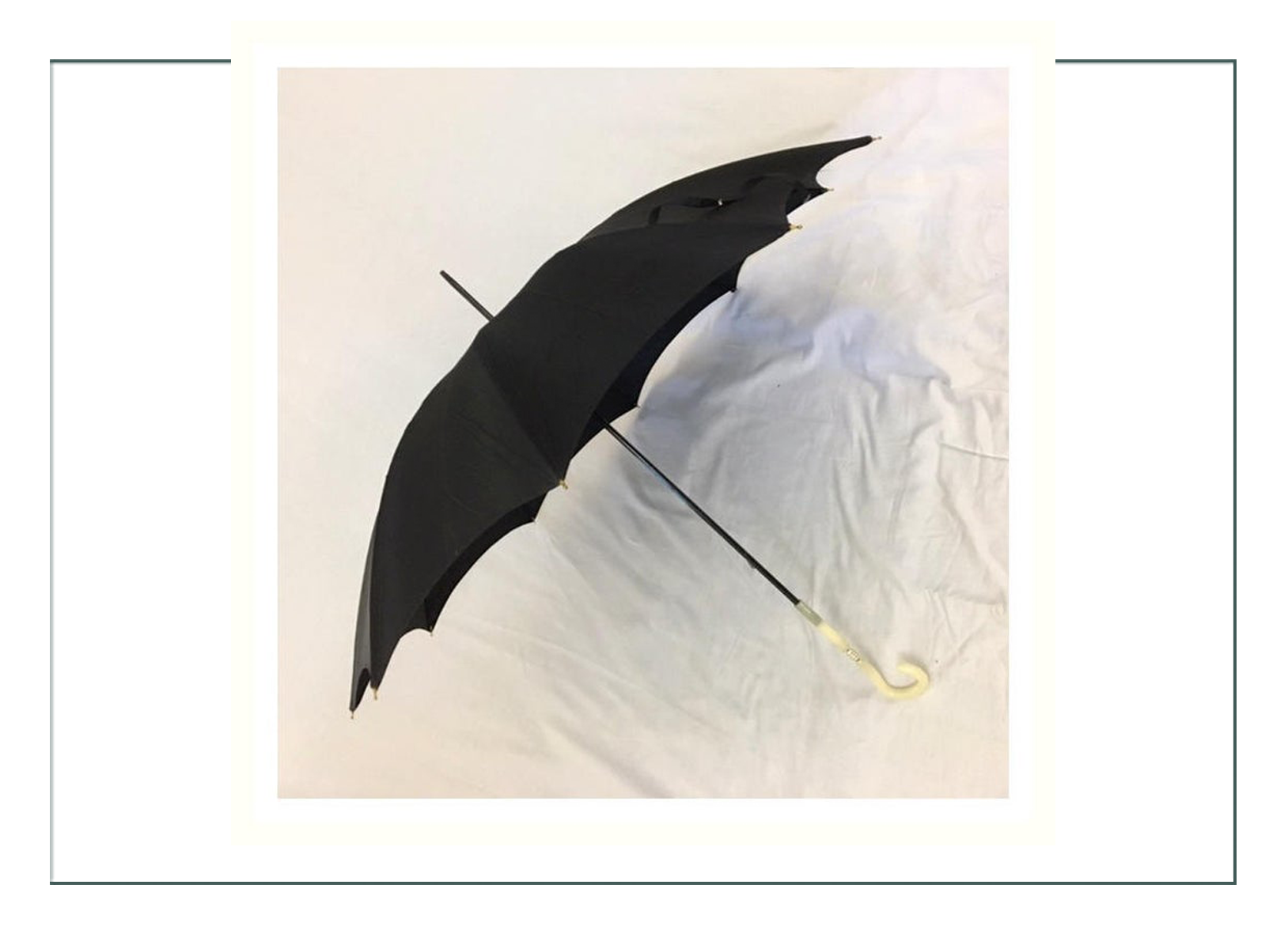
4.
https://www.etsy.com/listing/860638119/antiquevintage-umbrellaparasol-ivory?ref=user_profile&frs=1
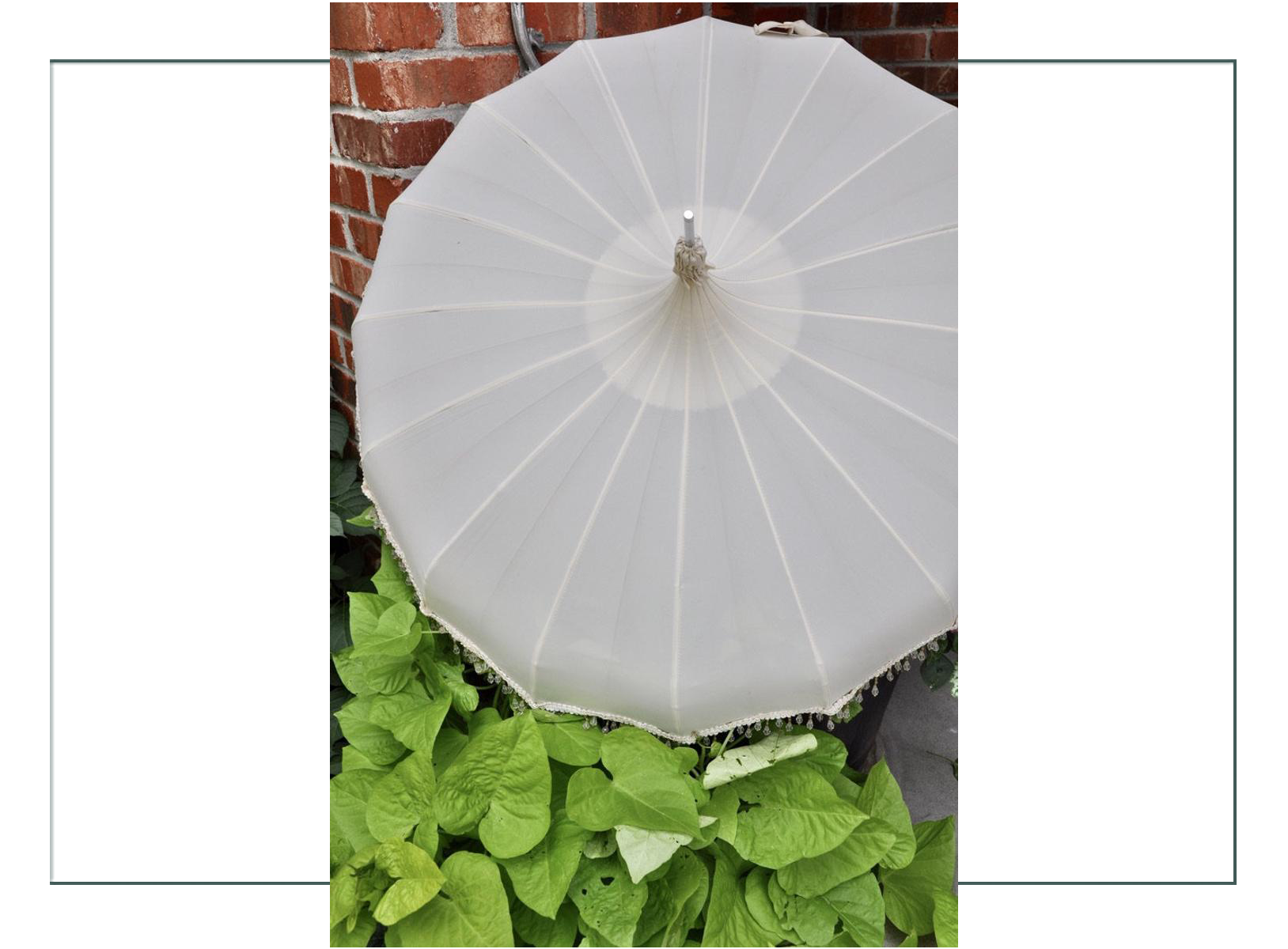
5.
https://www.etsy.com/listing/767868069/vintage-umbrella-sterling-handle?ref=user_profile&pro=1&frs=1
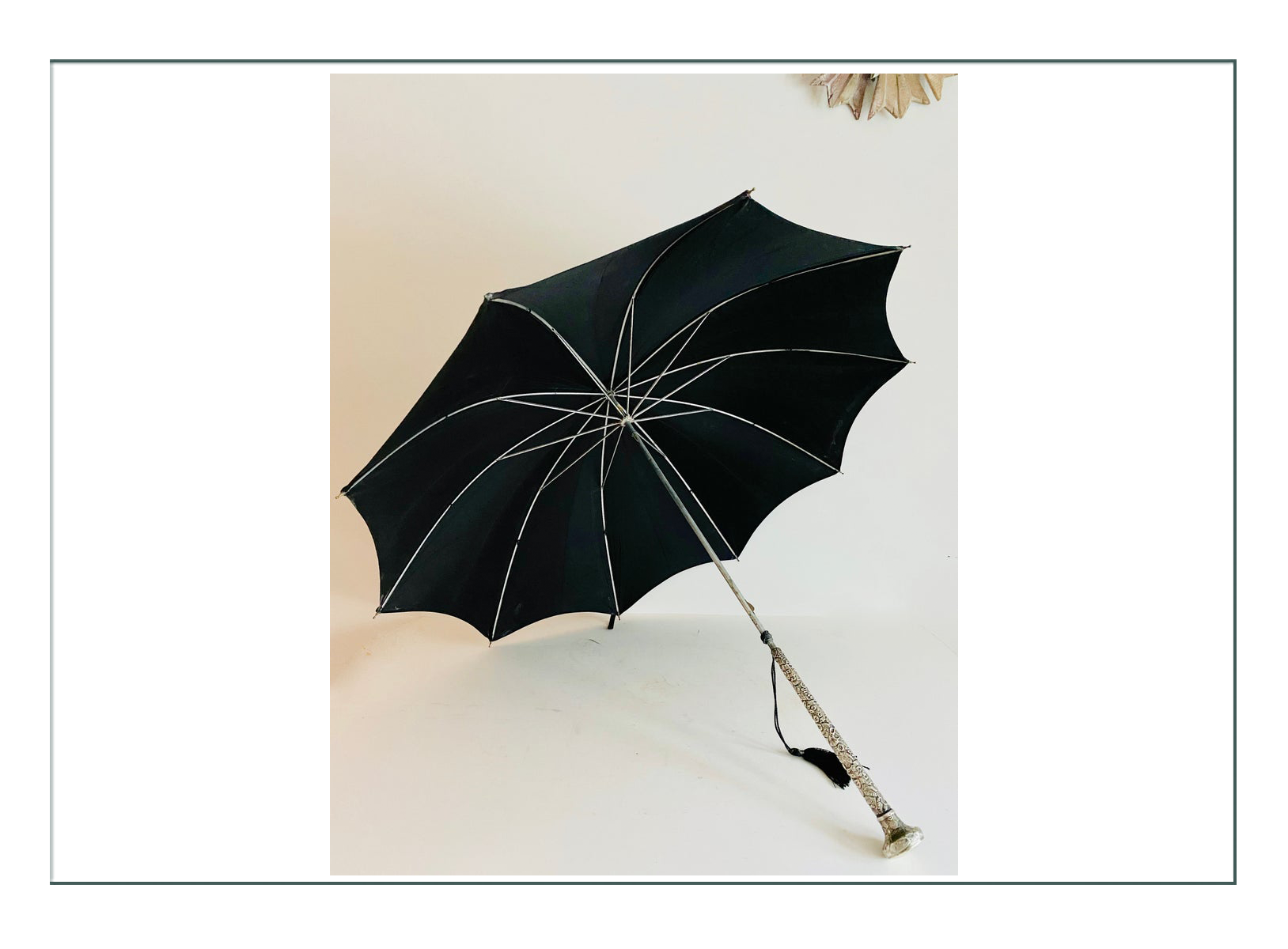
6. 2nd CHOICE
https://www.etsy.com/listing/741649446/antique-edwardian-ladies-black-moire?ref=user_profile&frs=1
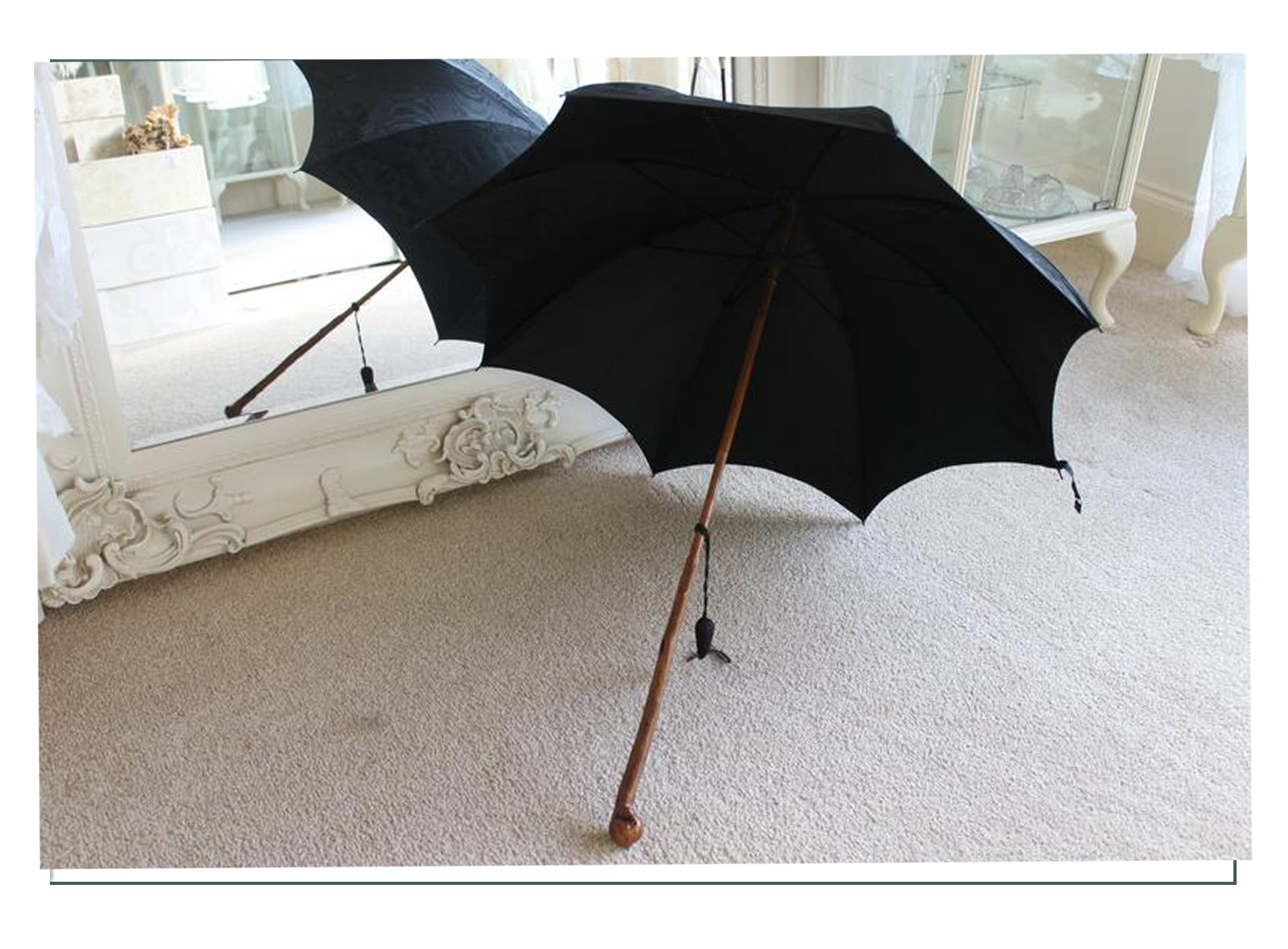
7.
https://www.etsy.com/listing/778587138/1940-1950-pagoda-style-umbrella-cream?ref=user_profile&frs=1
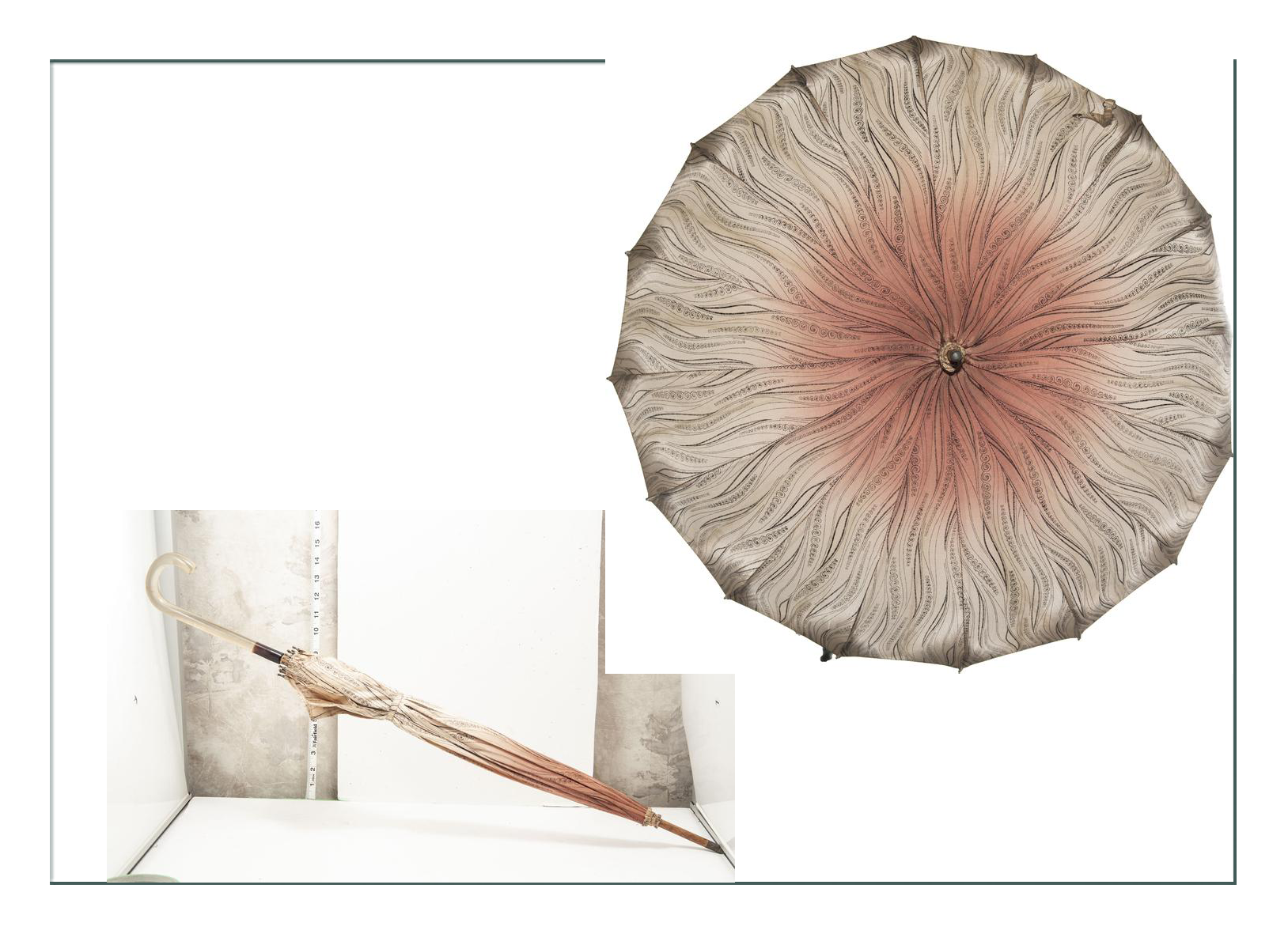
8. (Someone is going to buy – be quick!)
https://www.etsy.com/listing/769598635/edwardian-vintage-cotton-wood-handle?ref=user_profile&cns=1
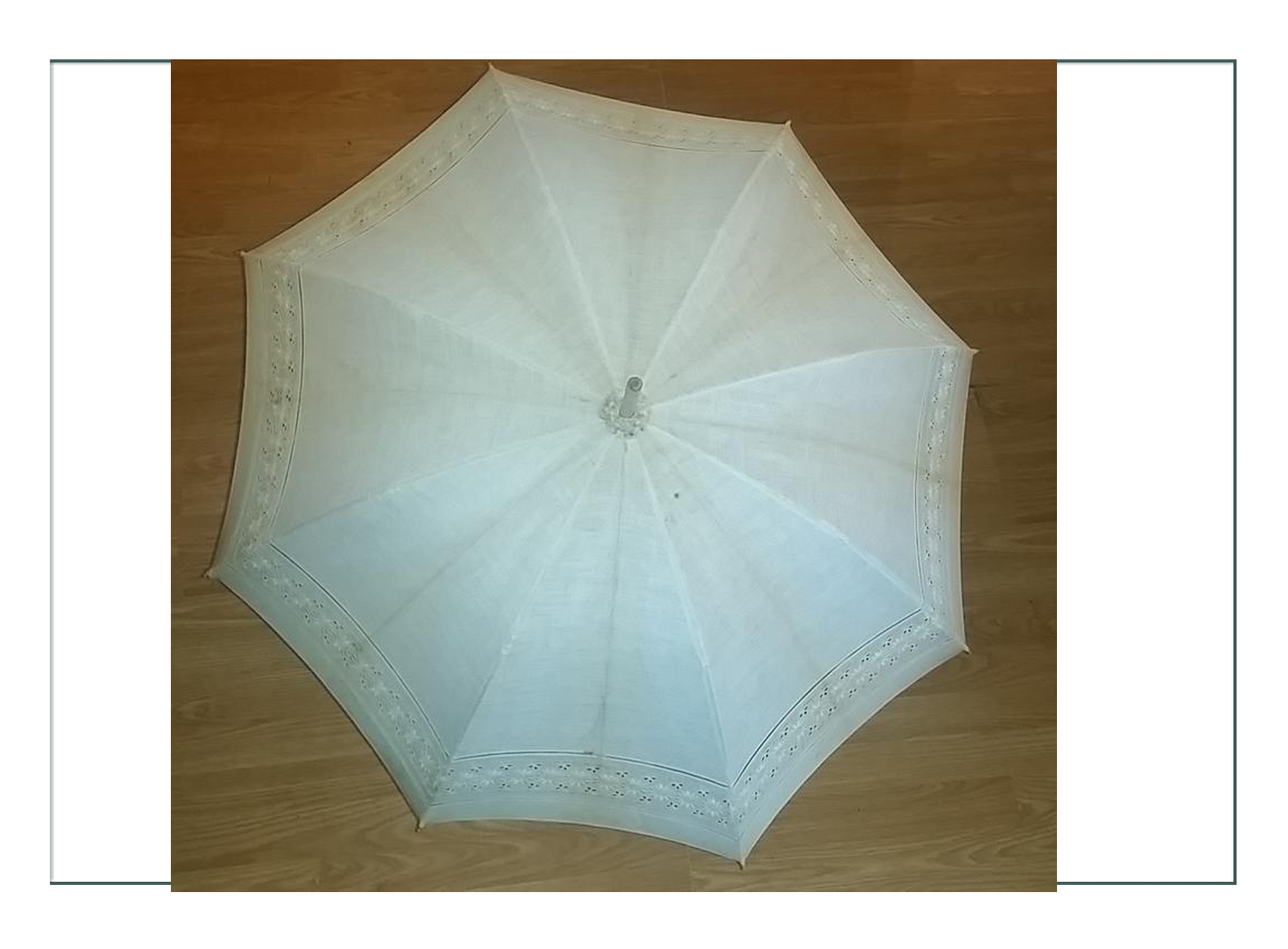
9. Bamboo of any kind tan, red, black, white are good as long as they have a LONG handle
https://www.etsy.com/listing/853195510/hand-painted-vintage-parasol-bamboo?ref=user_profile&frs=1
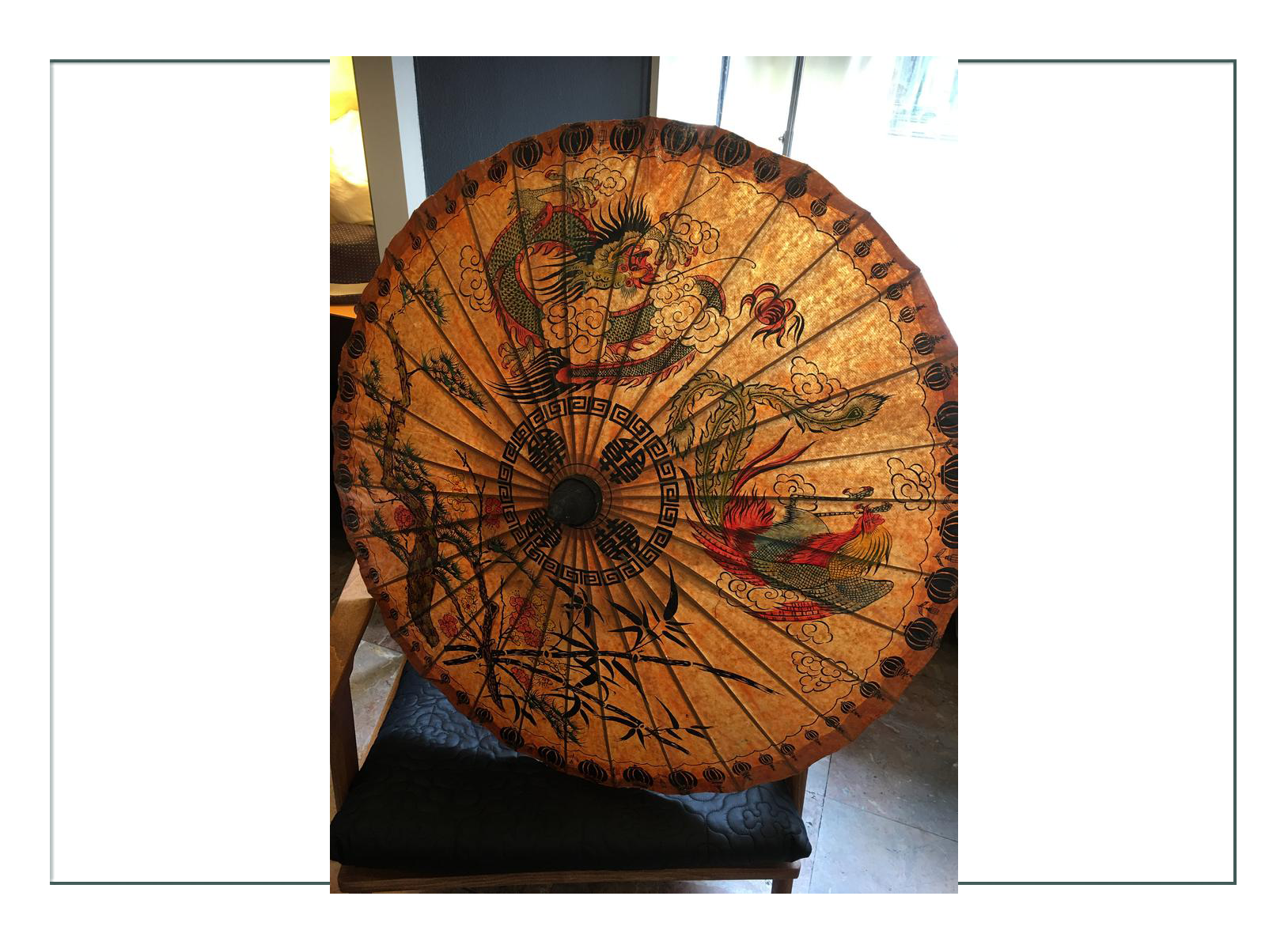
10.
https://www.etsy.com/listing/894875235/antique-chinese-umbrella-asian-parasol?ref=user_profile&frs=1
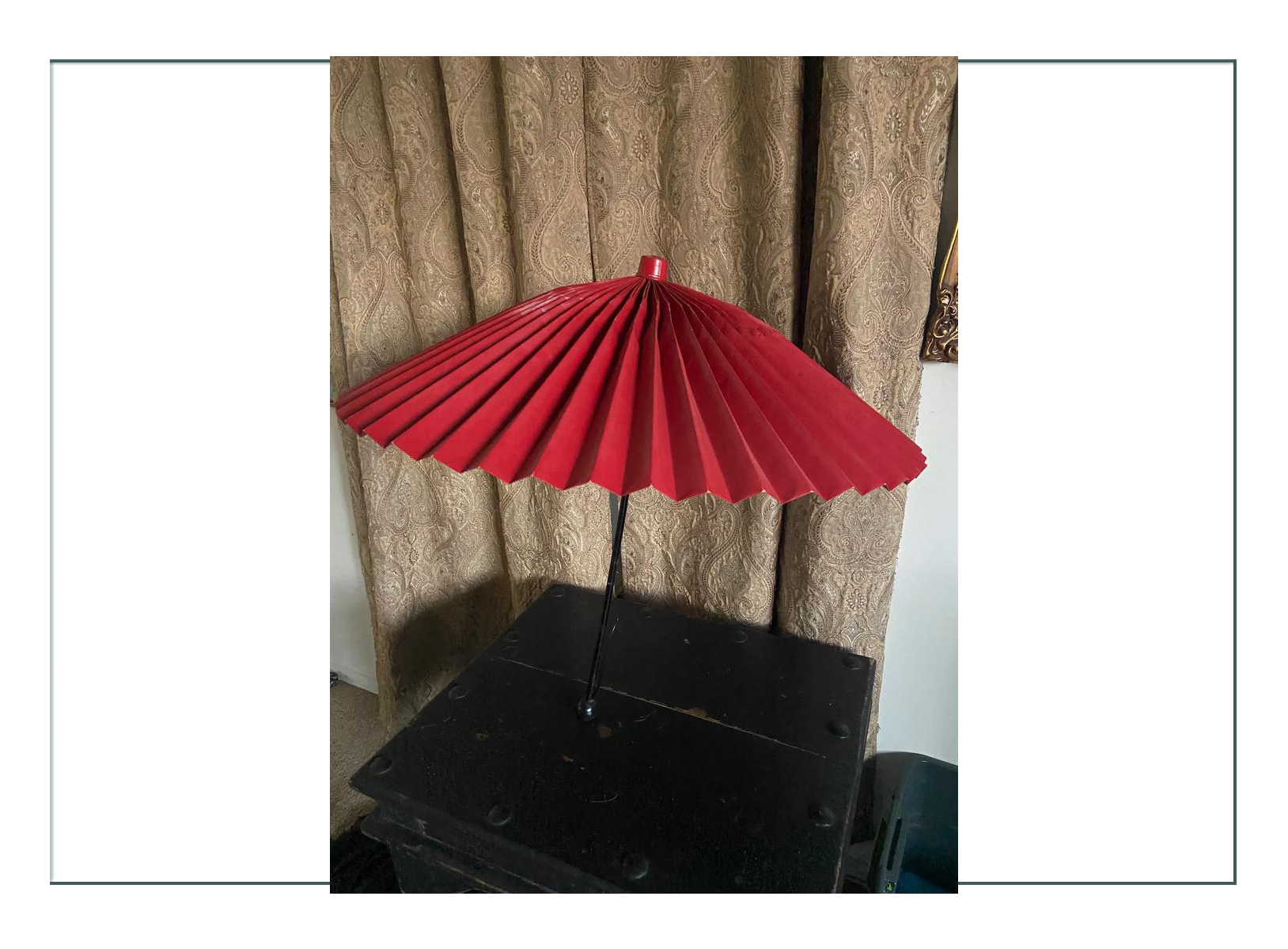
11.
https://www.etsy.com/listing/838910219/elegant-burgundy-vintage-silk-umbrella?ref=user_profile
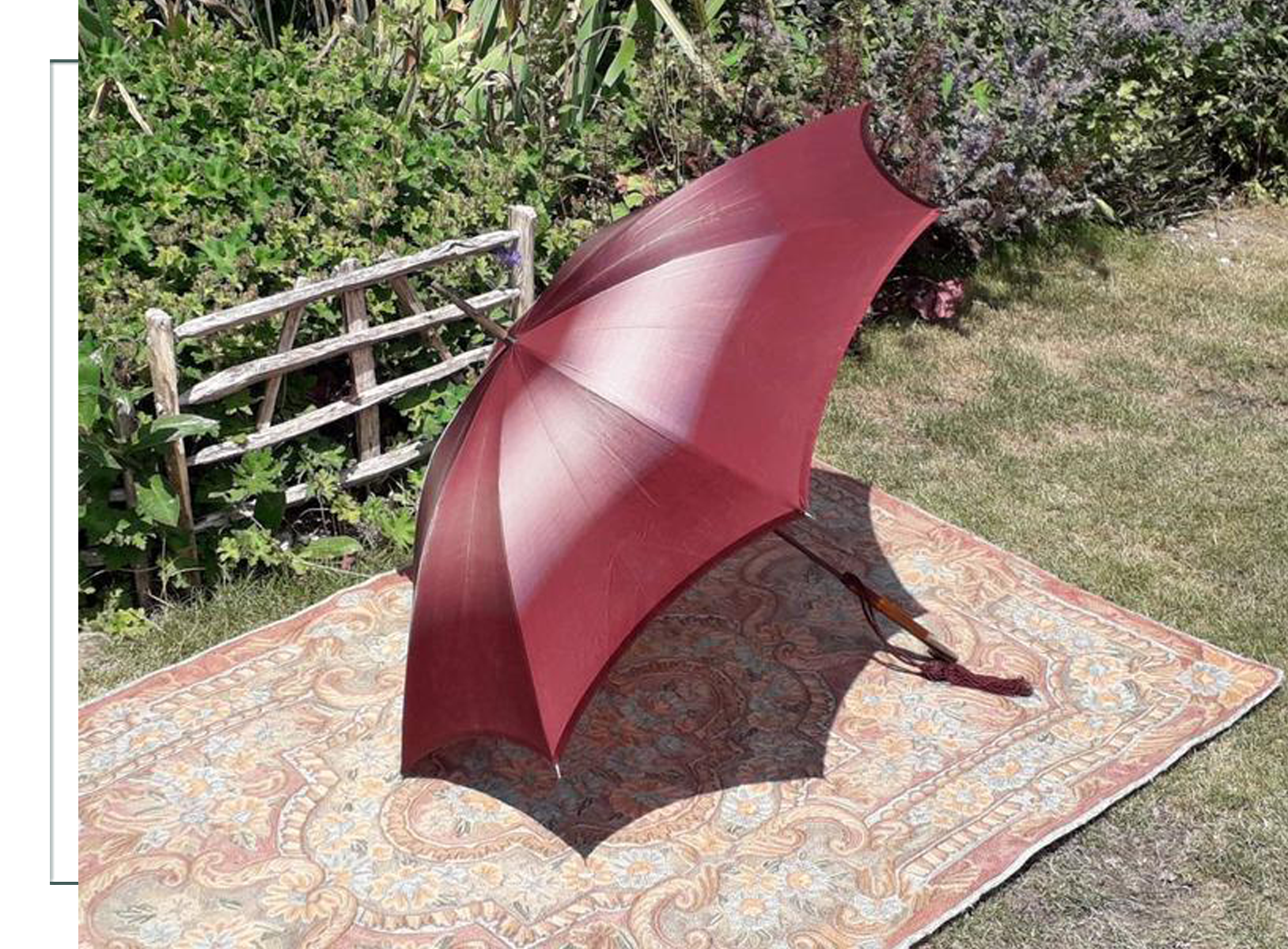
12.
https://www.etsy.com/listing/767868069/vintage-umbrella-sterling-handle?ref=user_profile&pro=1&frs=1
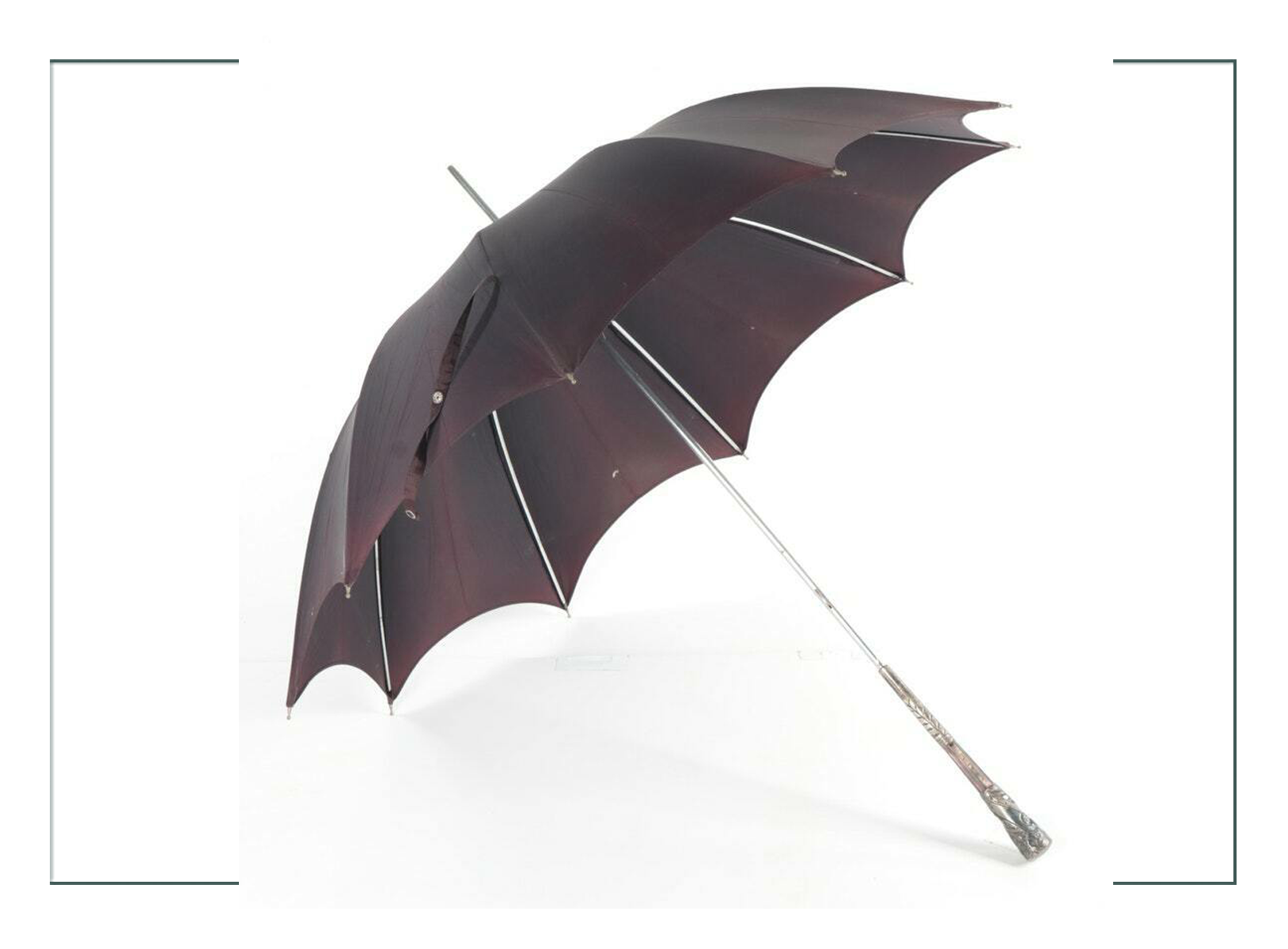
13. Only 33″ long
https://www.etsy.com/listing/903842343/vintage-victorian-pagoda-parasol?ref=cart
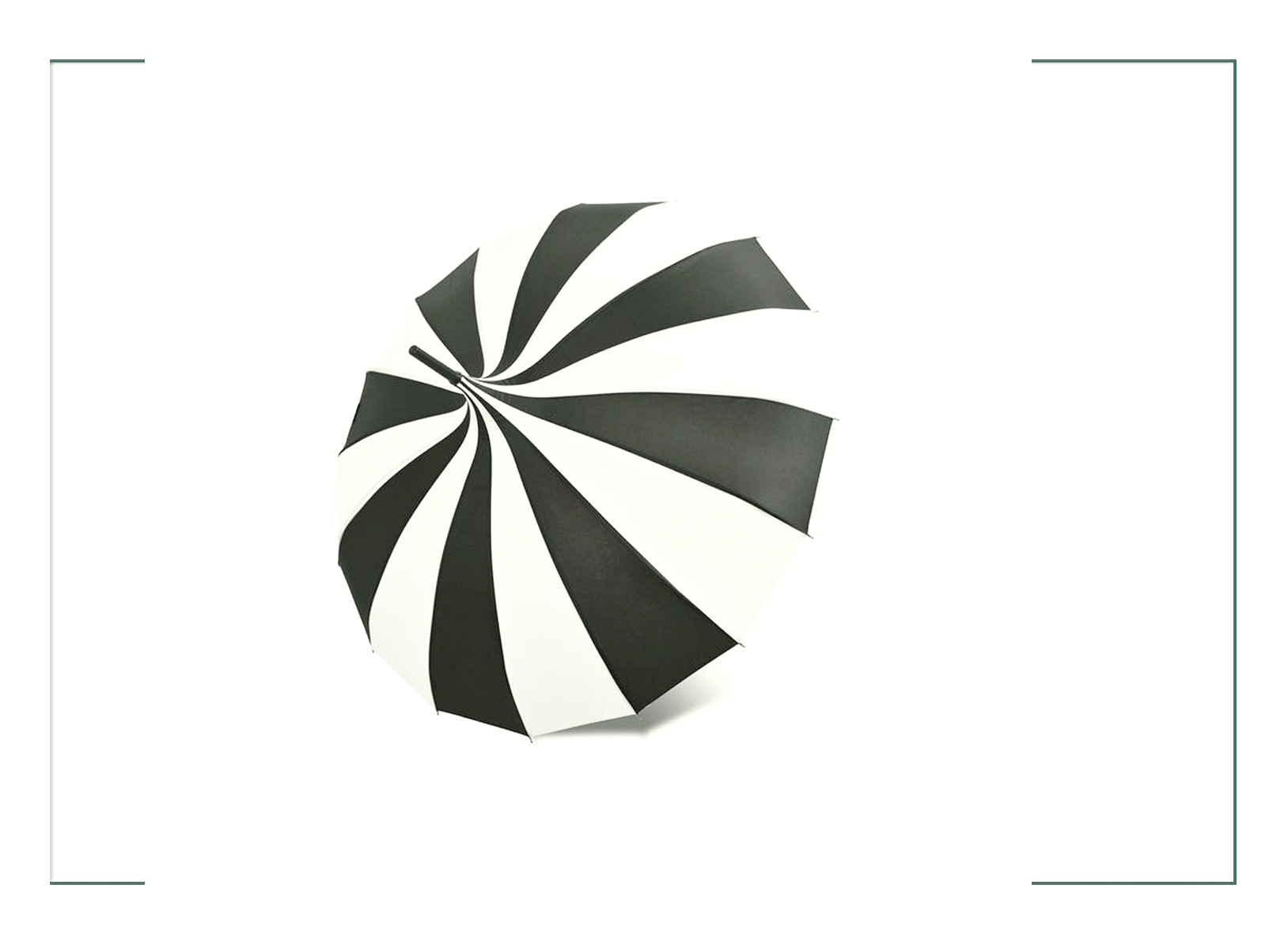
Click here to go to Melissa’s Main Page with the Finished Project (next)
Click here to go to Melissa’s Historical Context Page
